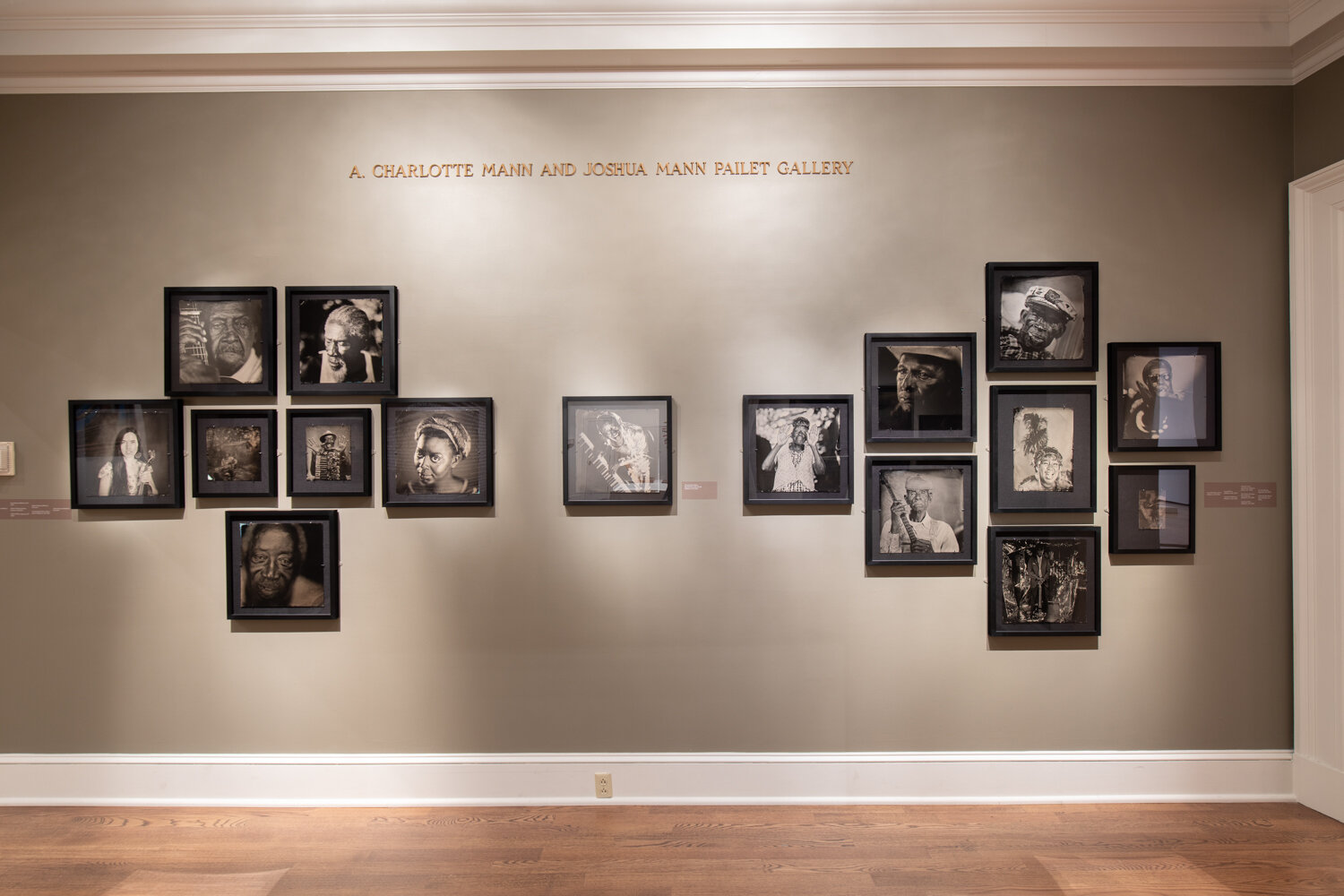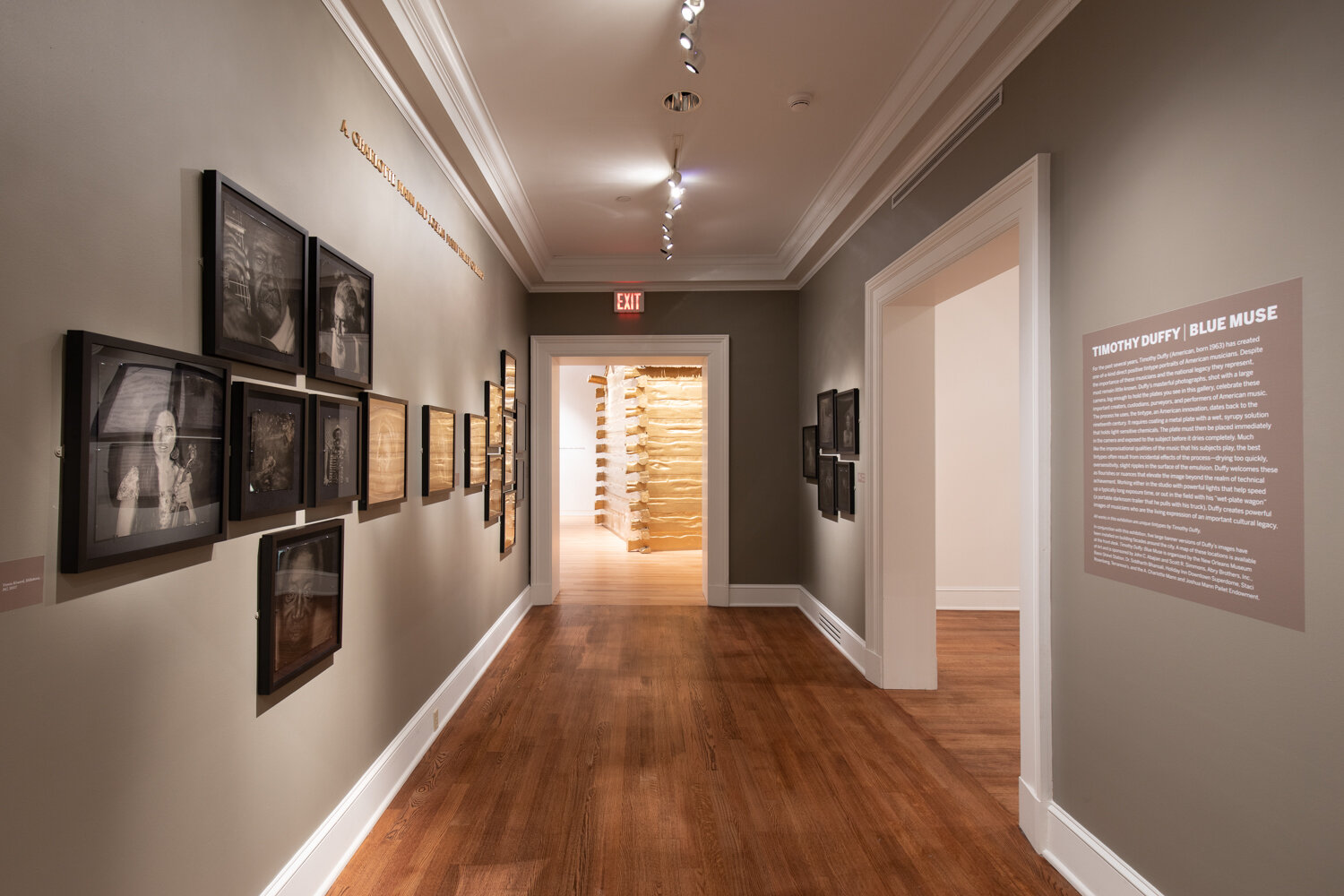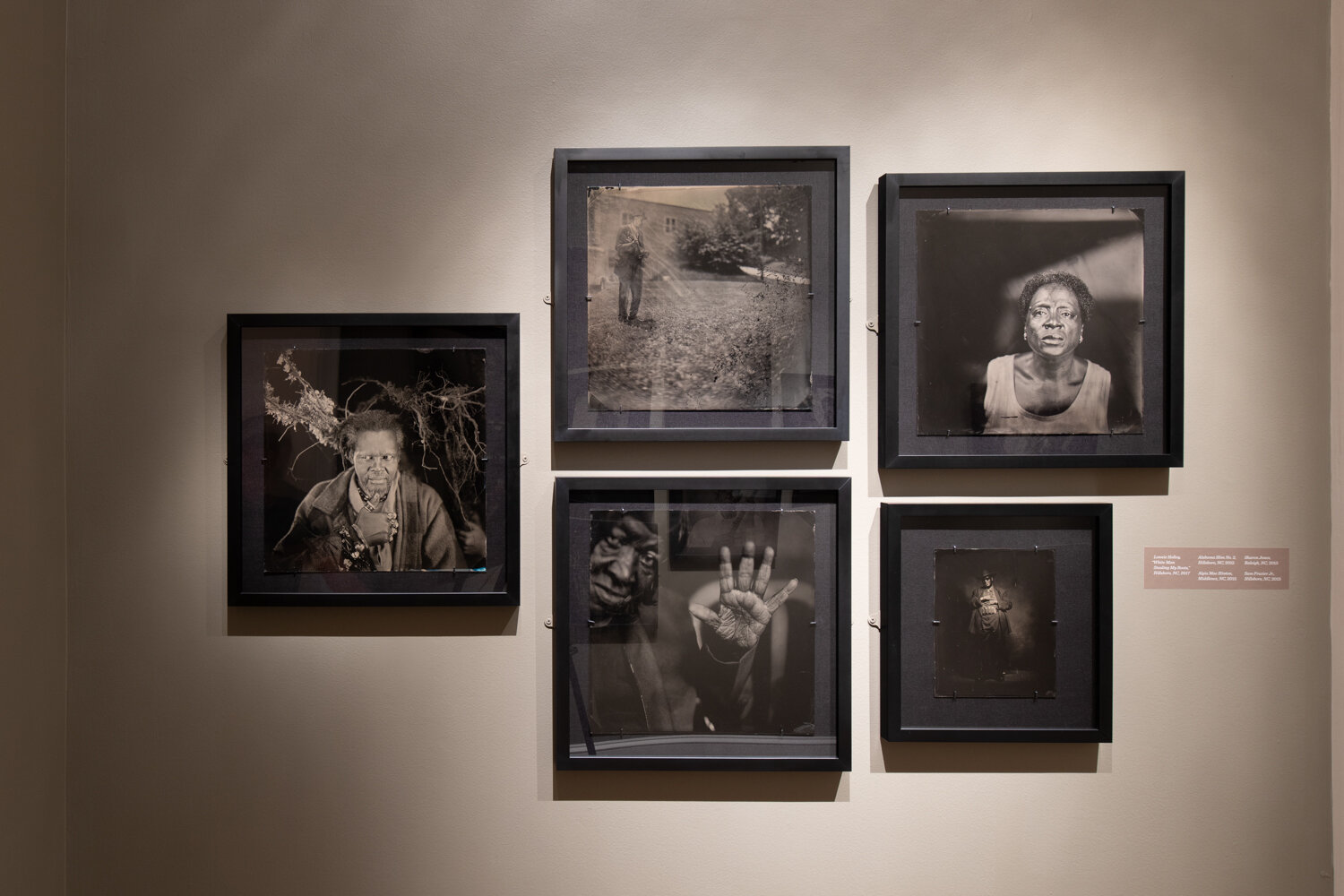
The Book
Blue Muse: Timothy Duffy’s Southern Photographs
The tintype is rooted in more than 150 years of photographic method. In this collection of extraordinary portraits, Timothy Duffy brings new vitality to this old form, capturing powerful images of musicians who represent the roots of American music. These American blues, jazz, and folk artists are living expressions of a cultural legacy, made and remade by everyday people and passed down through generations. In the hands of the people in Duffy's portraits, centuries-old traditions find new expression in this digital millennium. Likewise, Duffy's photographic techniques fuse old forms and the original collodion wet plates with modern lighting. In this collaboration between photographer and artist, music and image meet around a history of struggle, adaptability, and creativity. It is this ethos that Duffy captures in his tintypes.
Some of the musicians in Duffy's photographs have found fame, but most have not. While the world finds inspiration in the grassroots creativity of these musicians, barriers of class, race, and place often keep them underacknowledged and obscured. But in these photographs, Duffy demands they be seen.
Published in association with the New Orleans Museum of Art

The Exhibit
Timothy Duffy: Blue Muse
This groundbreaking exhibition premiered at the New Orleans Museum of Art in April 2019. Timothy Duffy (American, born 1963) creates one-of-a-kind direct positive tintype portraits of American musicians. Despite the importance of these musicians and the national legacy they represent, most remain little known. Duffy’s masterful photographs, shot with a large camera, big enough to hold the plates you see in this gallery, celebrate these important creators, custodians, purveyors, and performers of American music. The process he uses, the tintype, an American innovation, dates back to the nineteenth century. It requires coating a metal plate with a wet, syrupy solution that holds light-sensitive chemicals. The plate must then be placed immediately in the camera and exposed to the subject before it dries completely. Much like the improvisational qualities of the music that his subjects play, the best tintypes often result from incidental effects of the process—drying too quickly, oversensitivity, slight ripples in the surface of the emulsion. Duffy welcomes these as flourishes or nuances that elevate the image beyond the realm of technical achievement. Working either in the studio with powerful lights that help speed up a typically long exposure time, or out in the field with his “wet-plate wagon” (a portable darkroom trailer that he pulls with his truck), Duffy creates powerful images of musicians who are the living expression of an important cultural legacy.
All works in this exhibition are unique tintypes by Timothy Duffy.
In conjunction with this exhibition, five large banner versions of Duffy’s images were installed on building facades around the city.
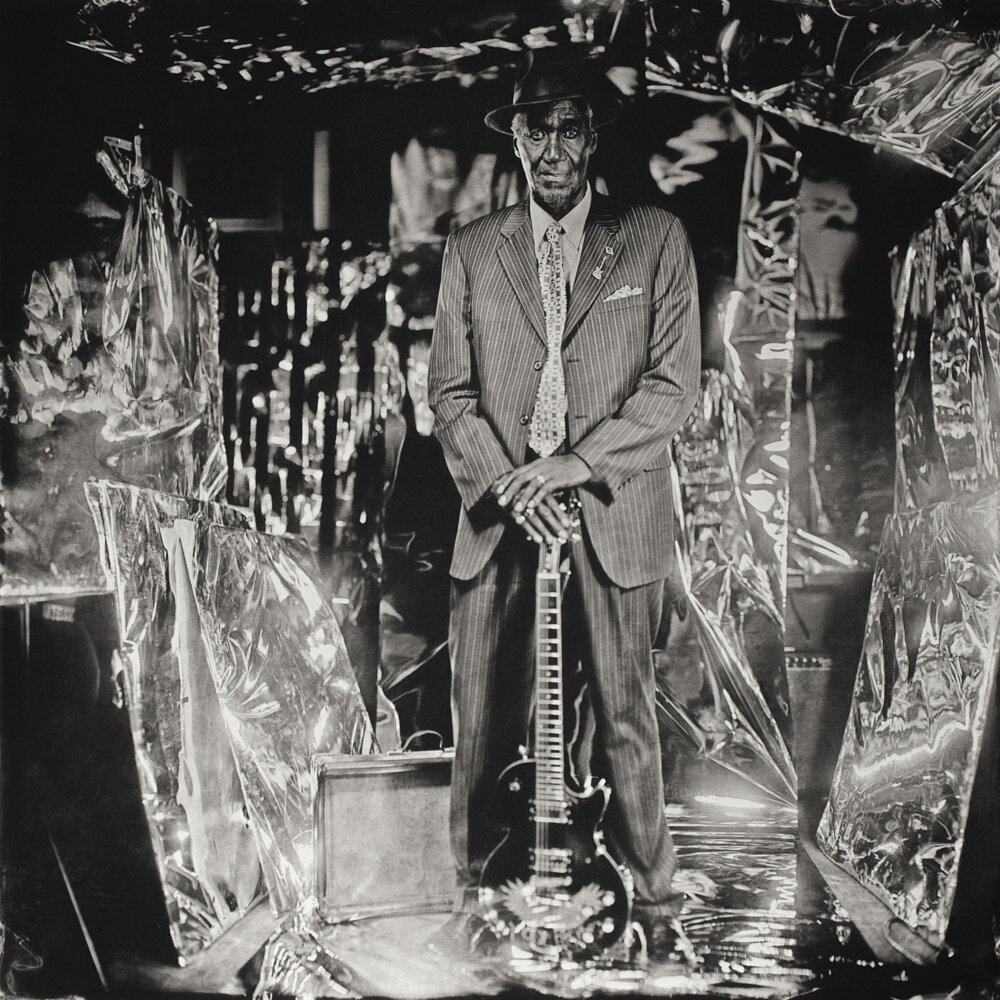
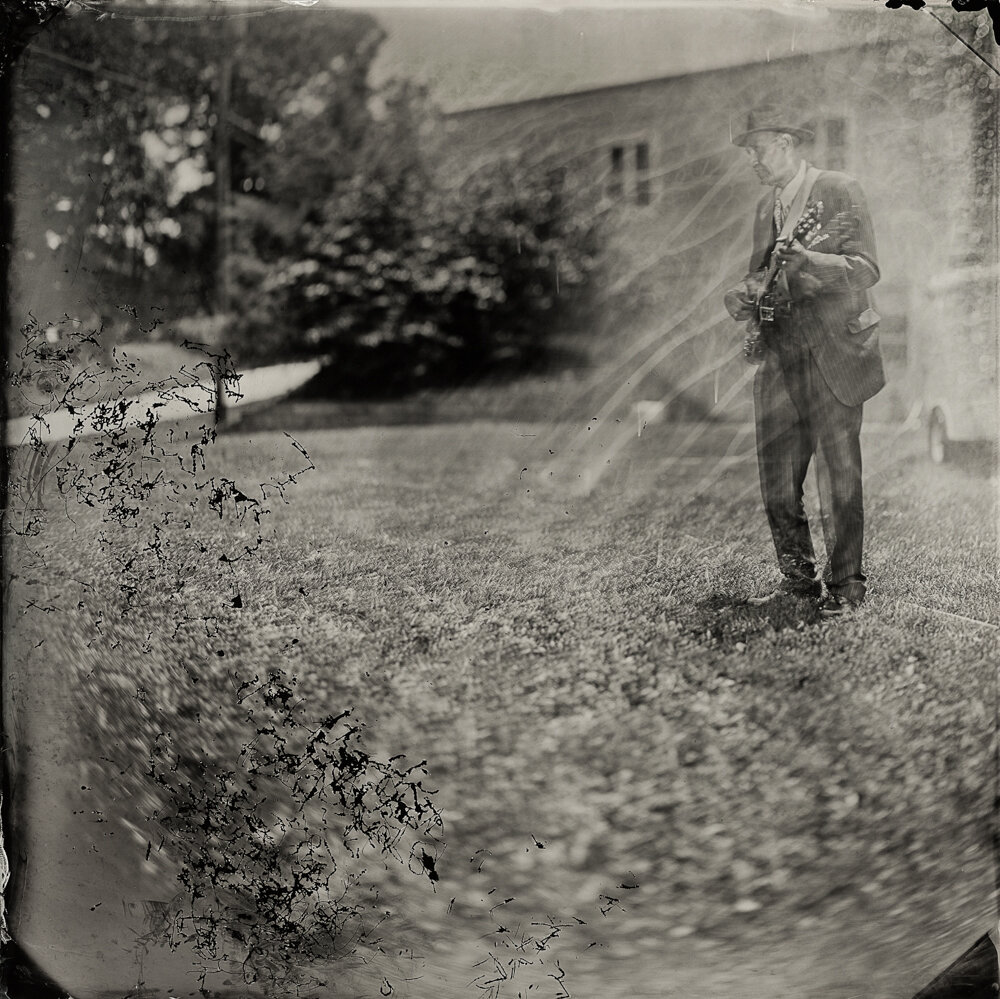
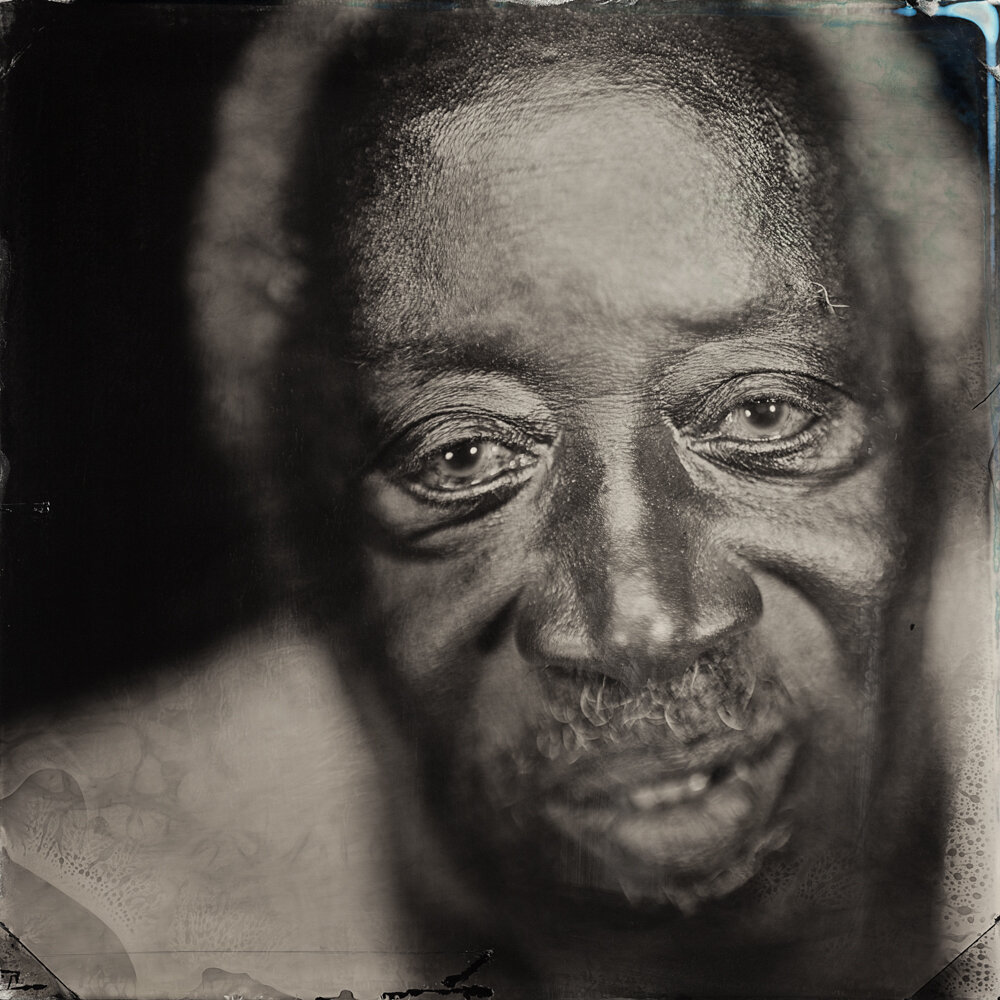

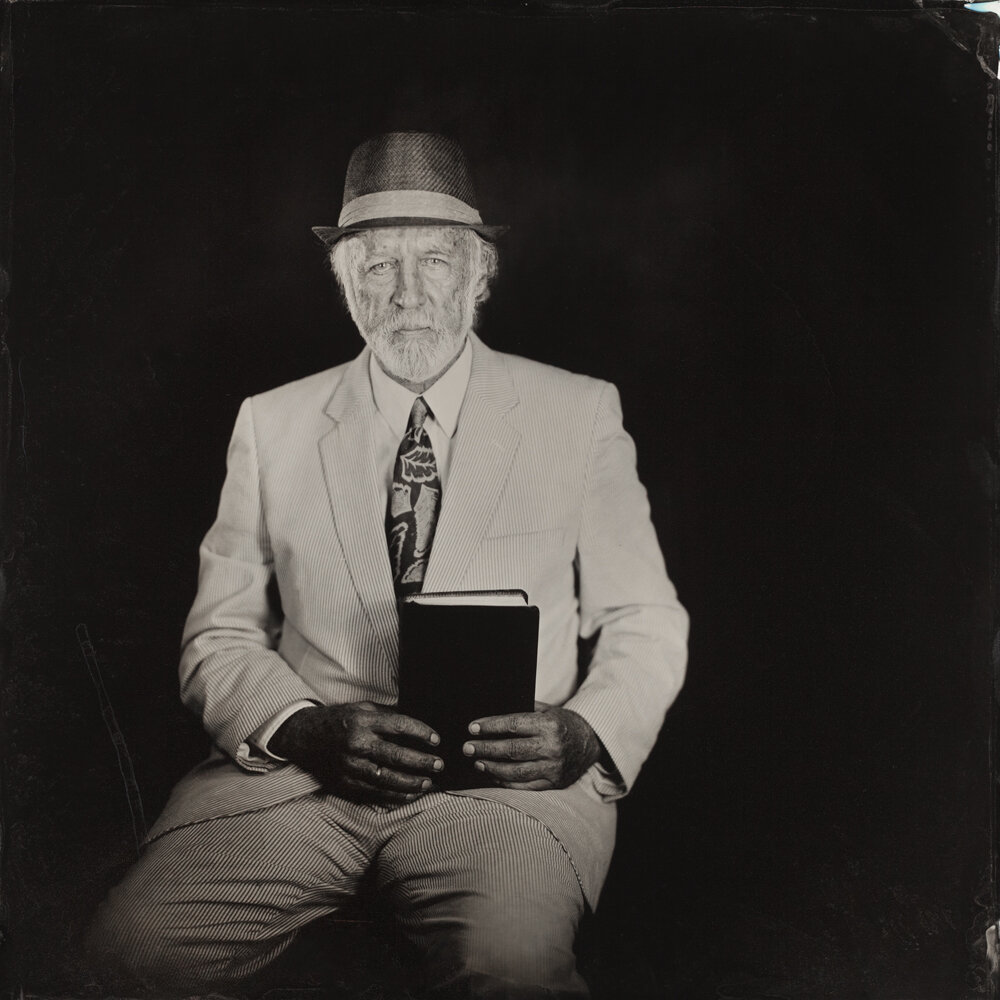
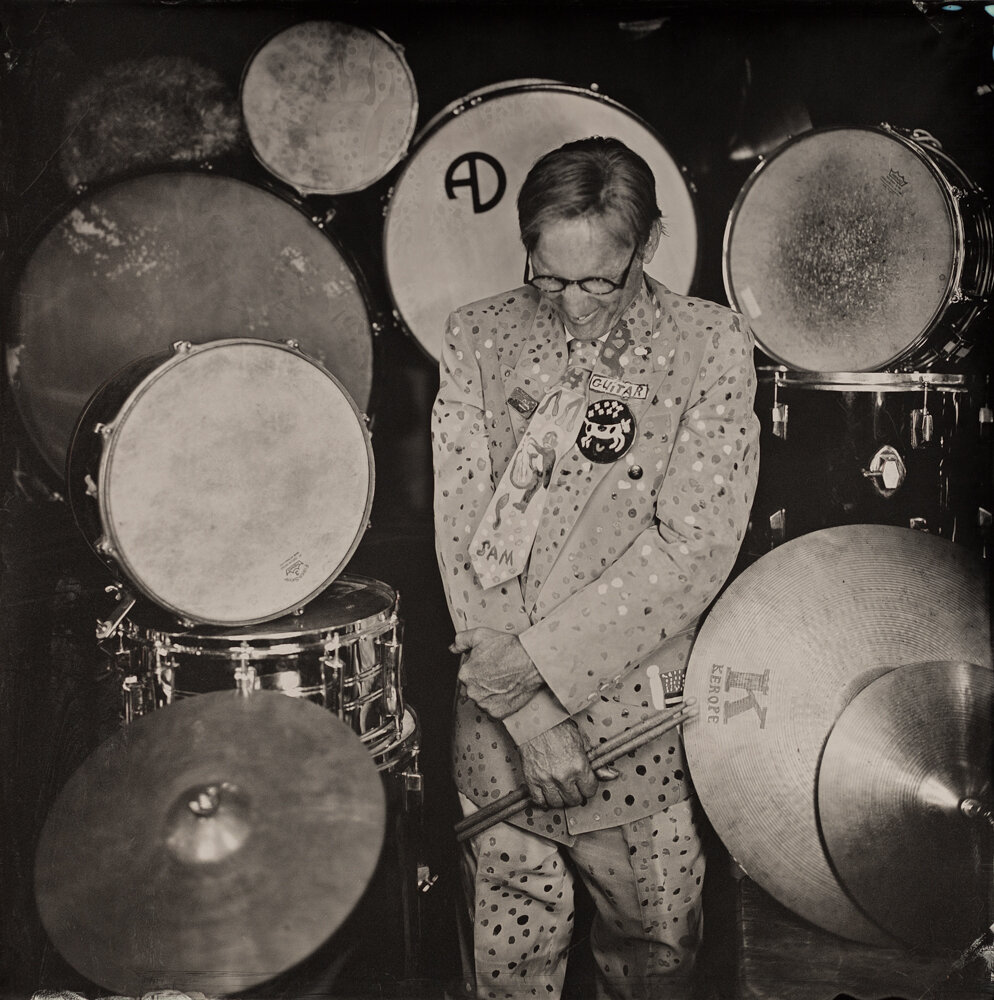

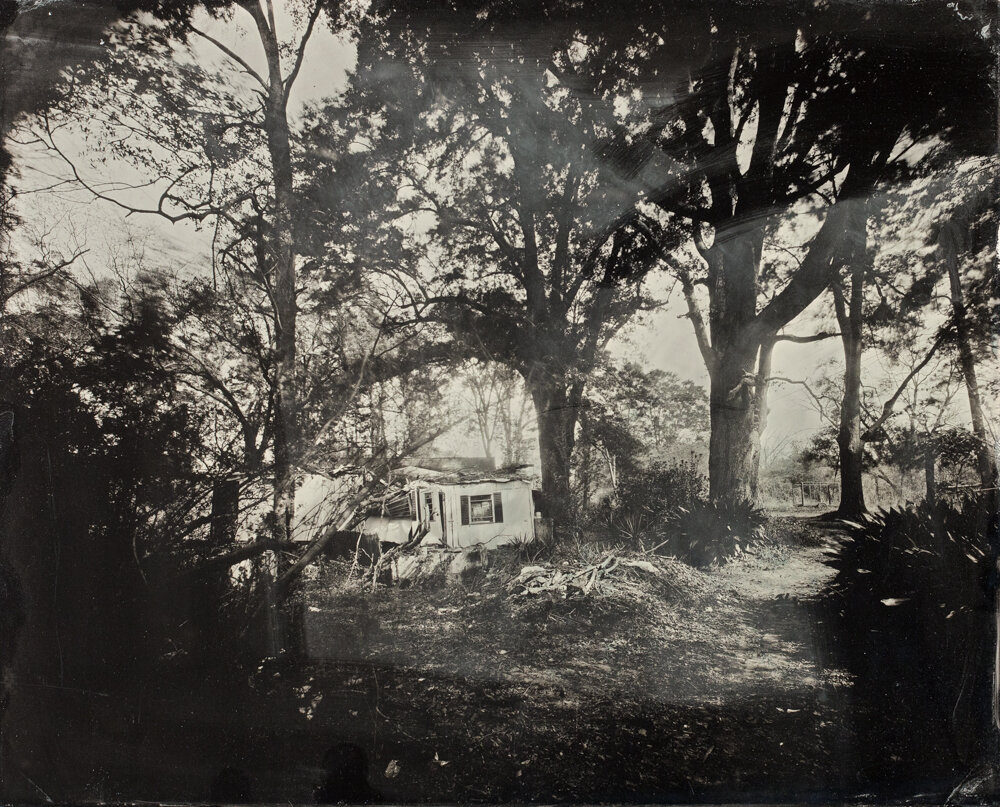
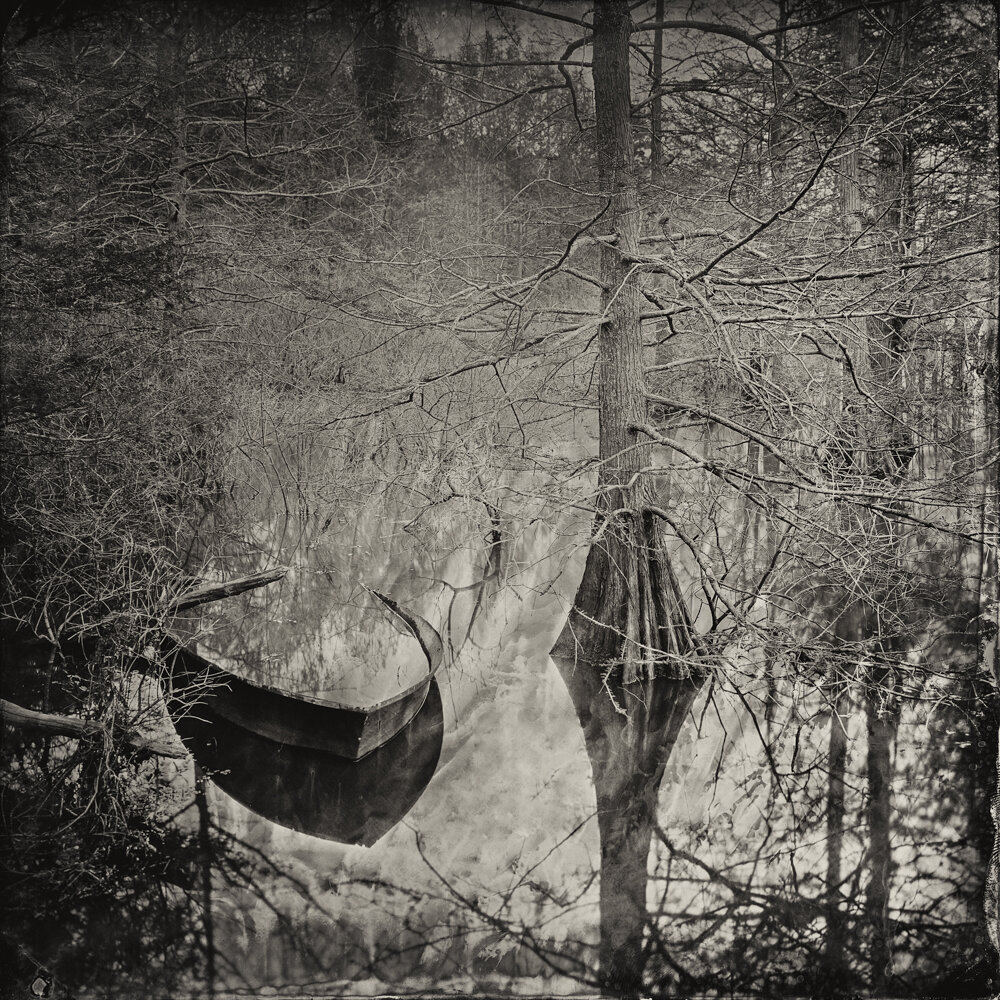
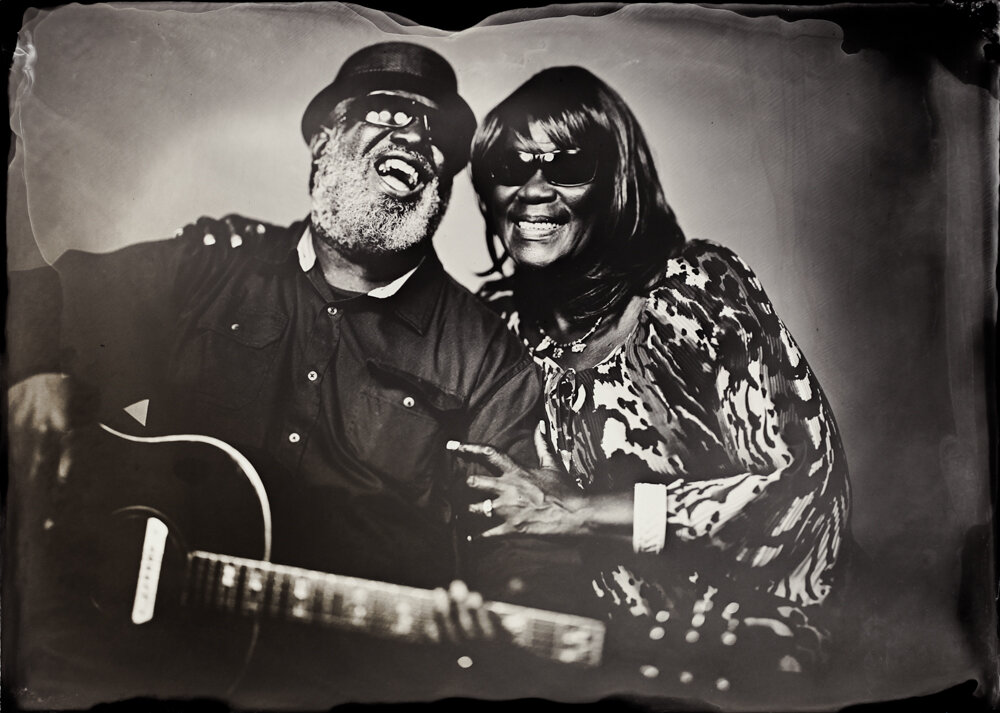
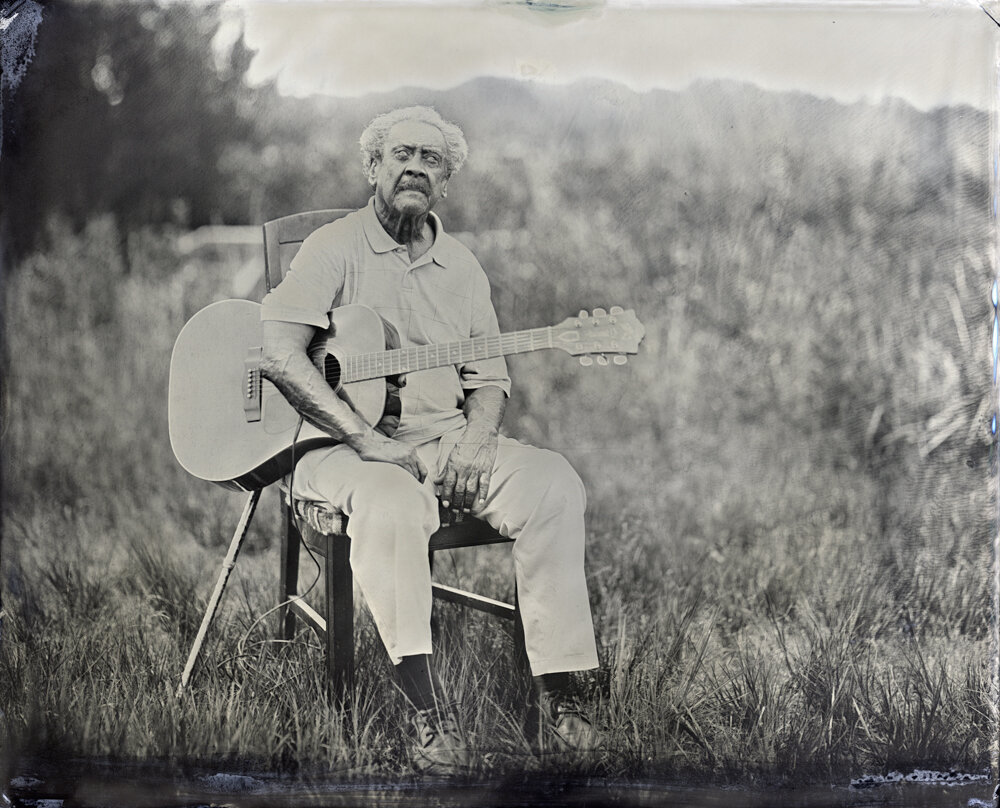

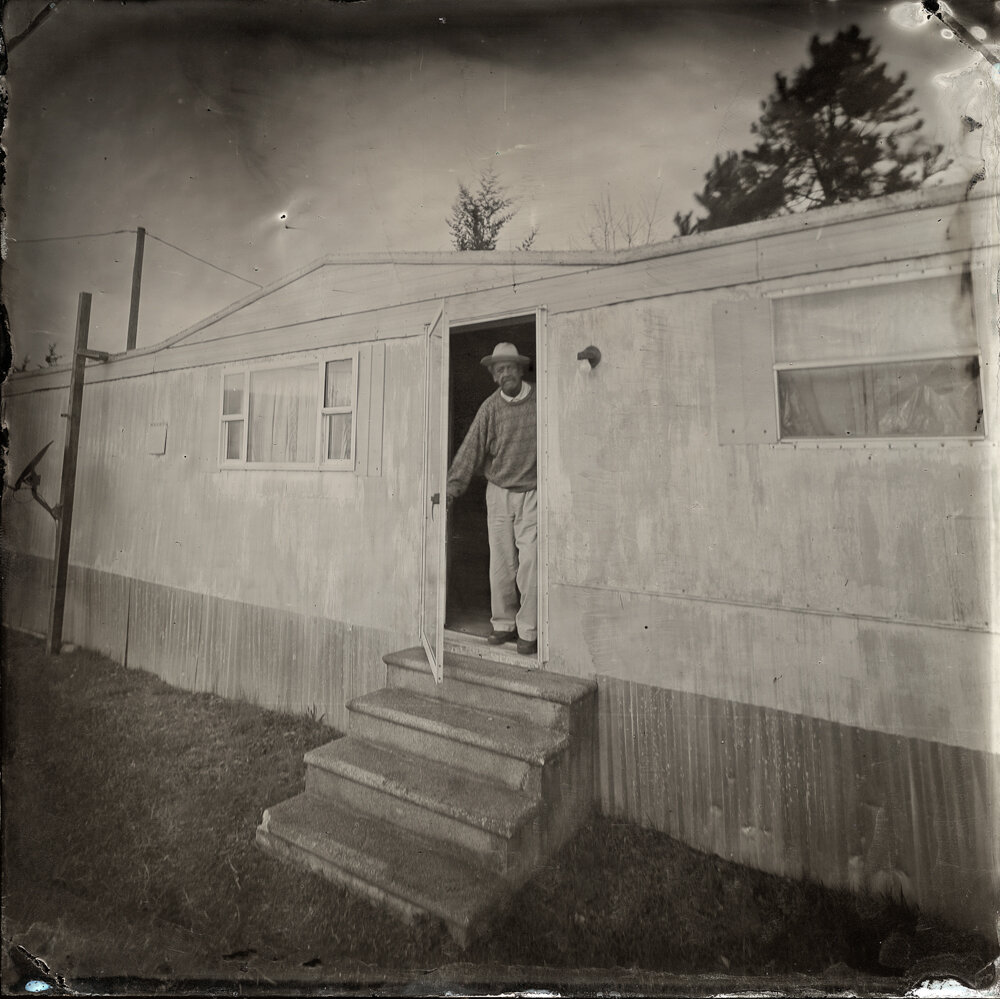
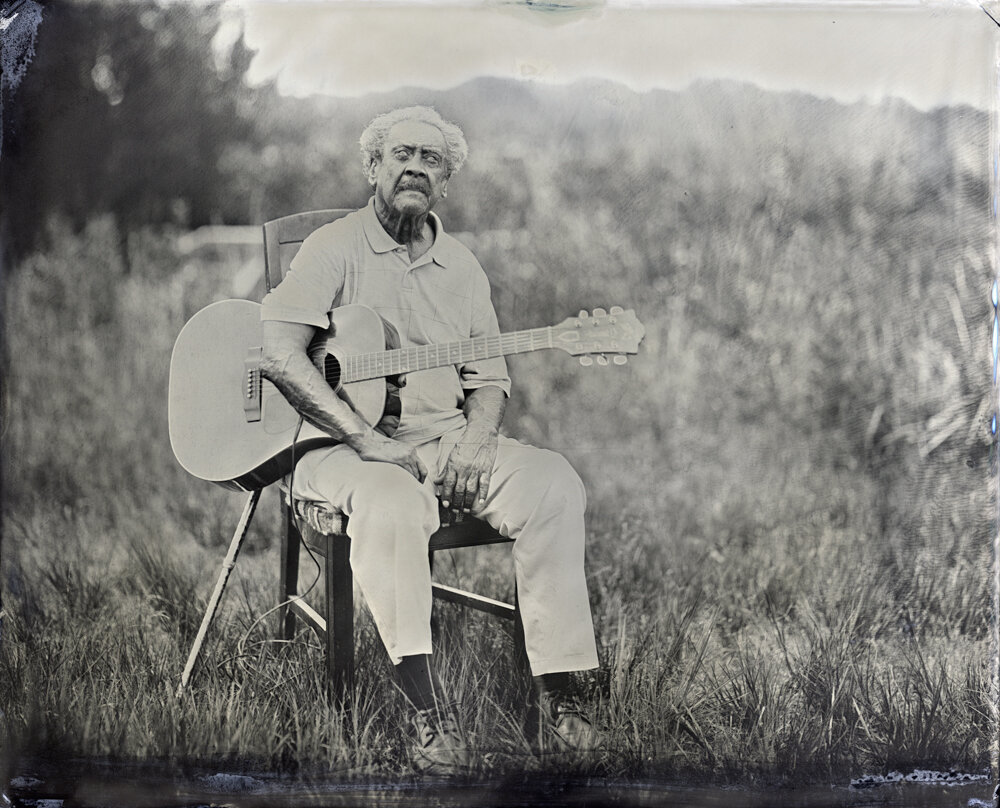
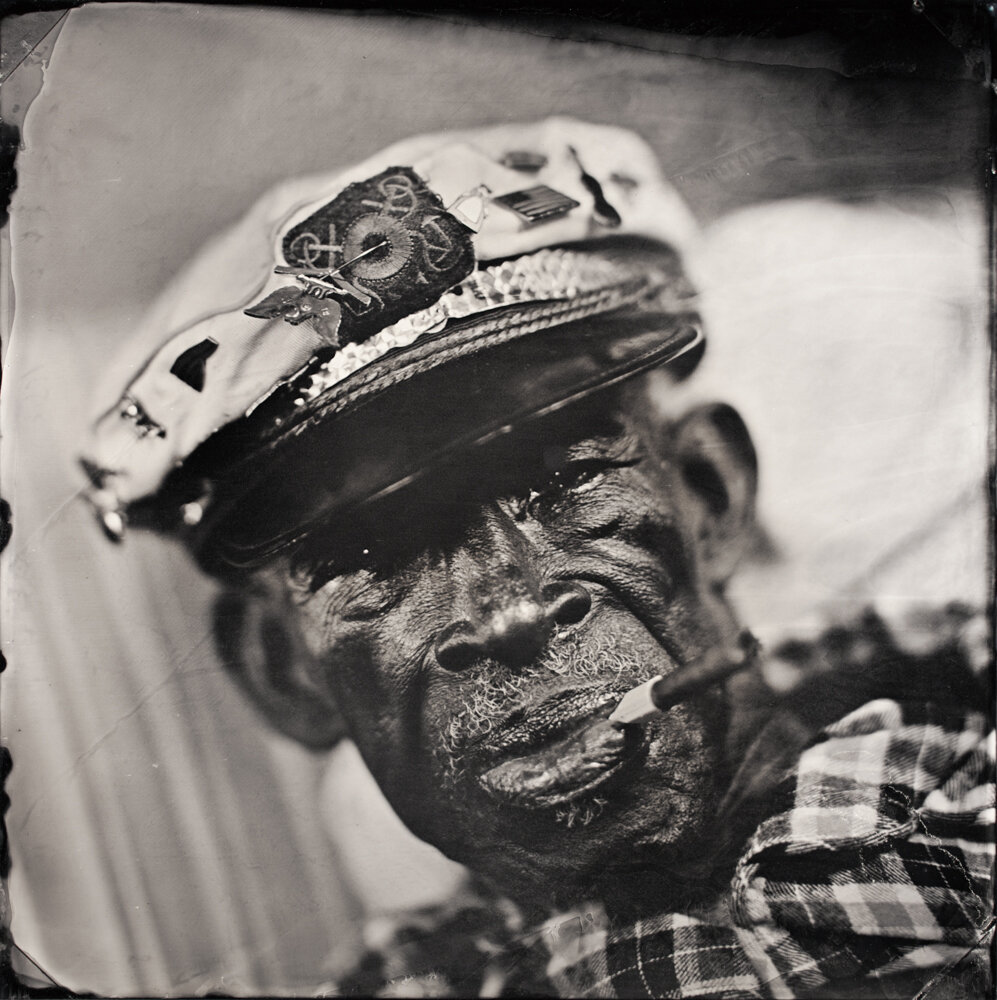
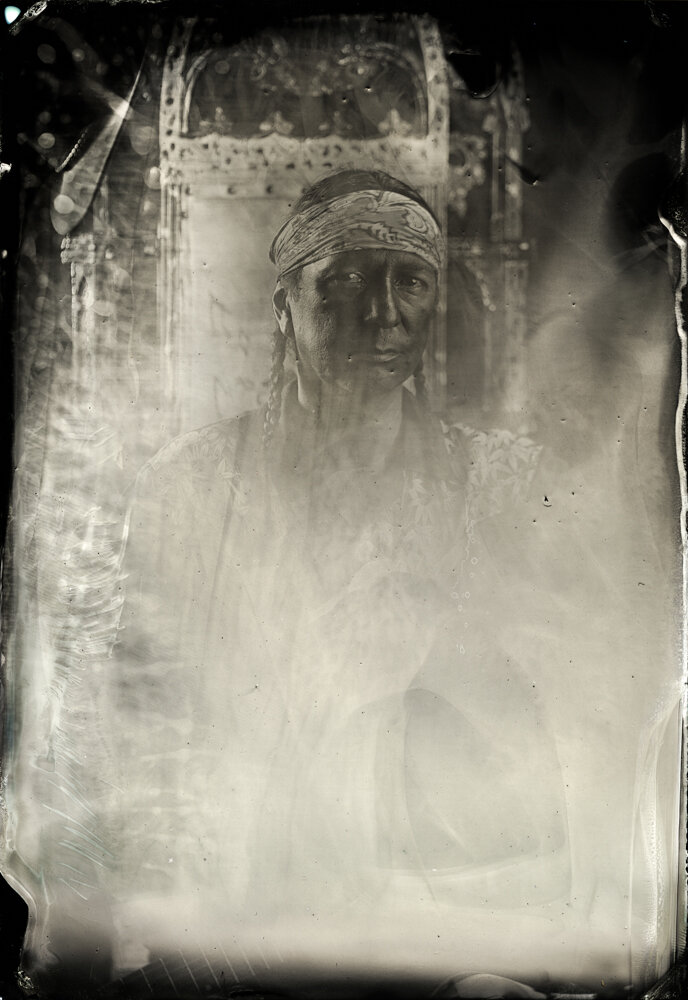
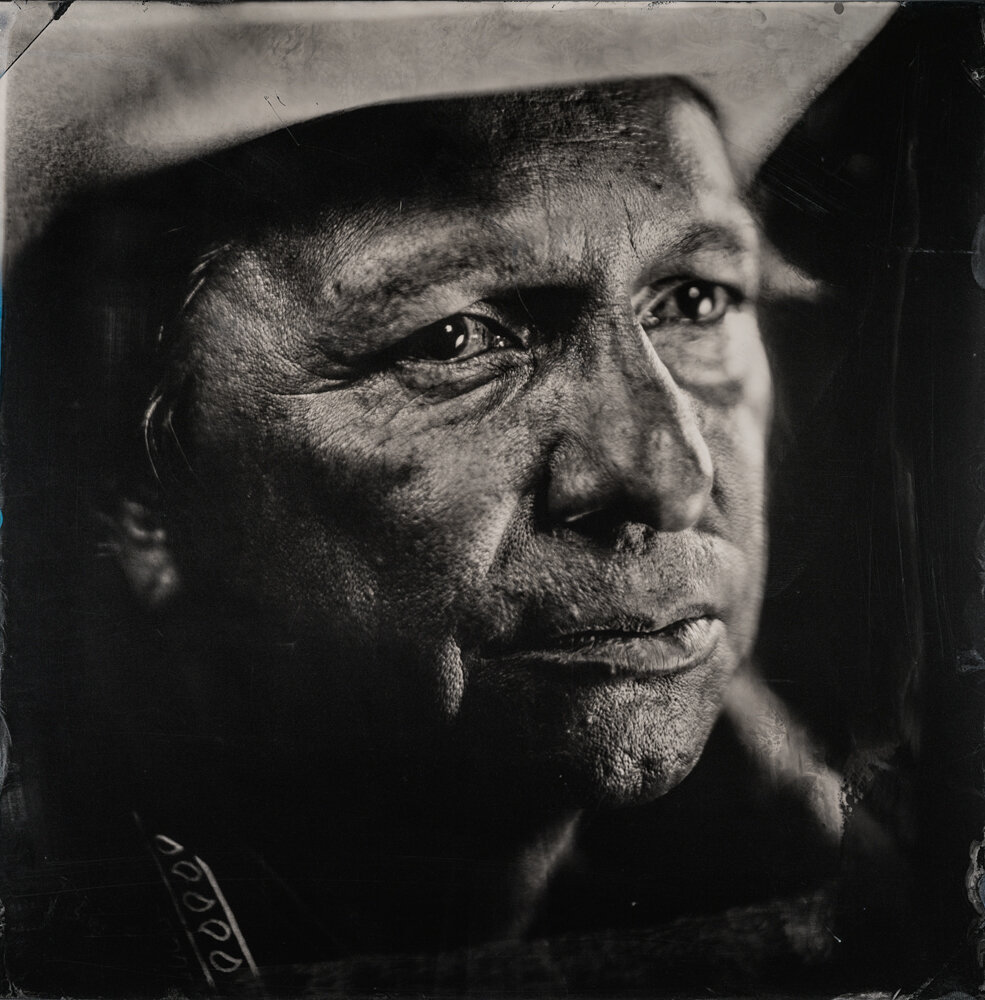
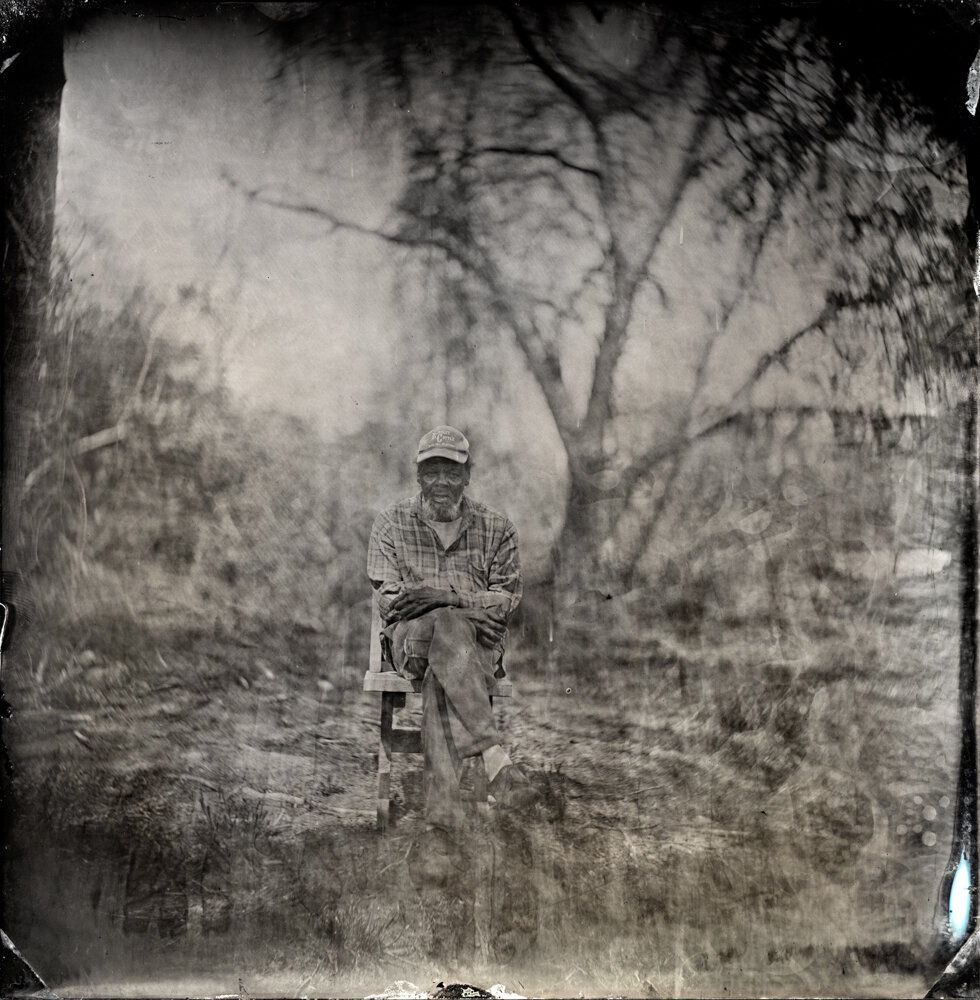

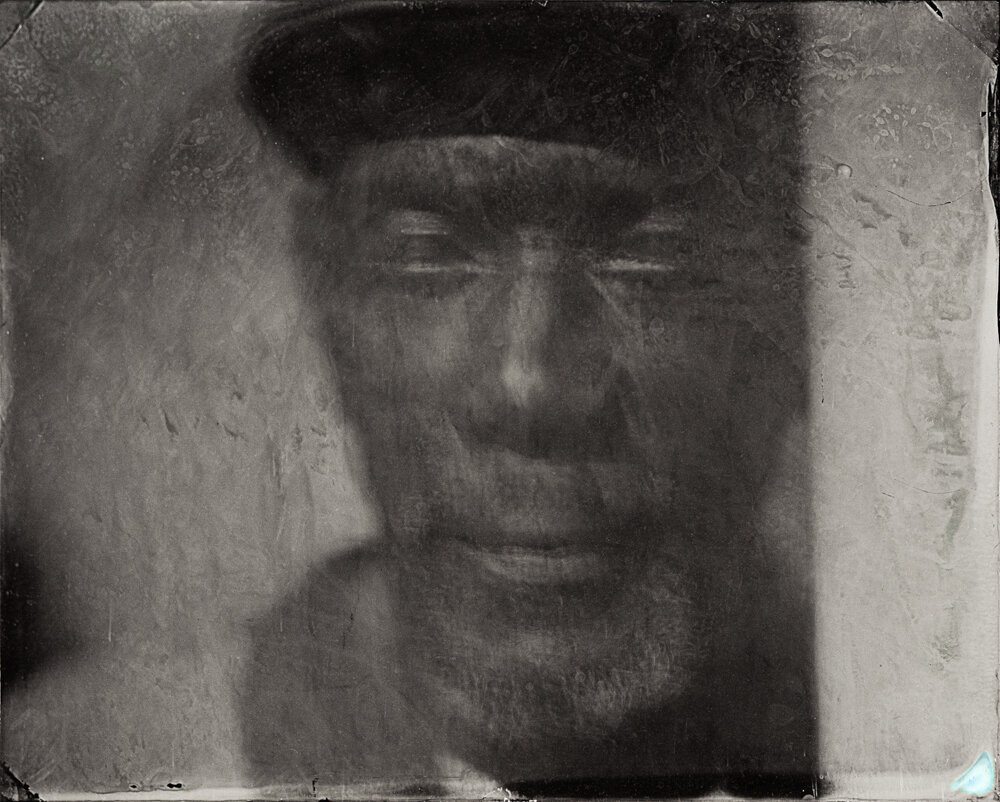
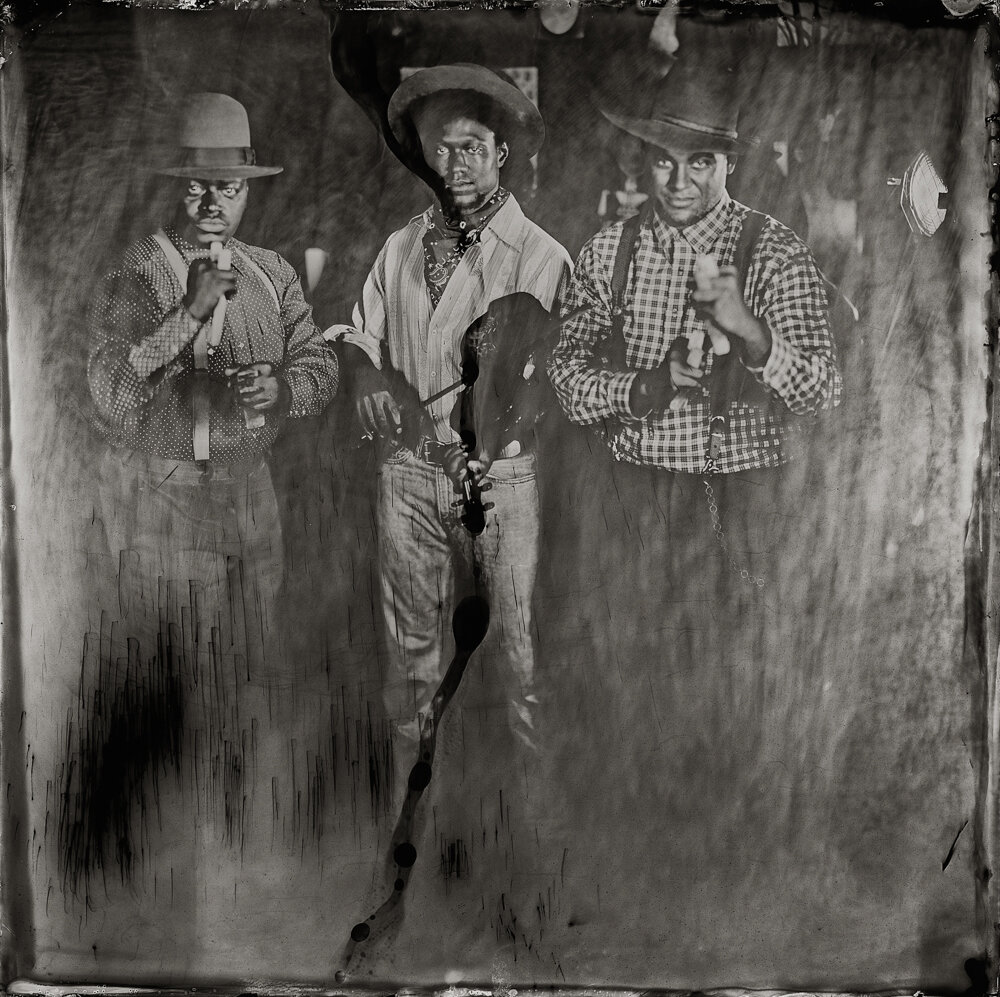
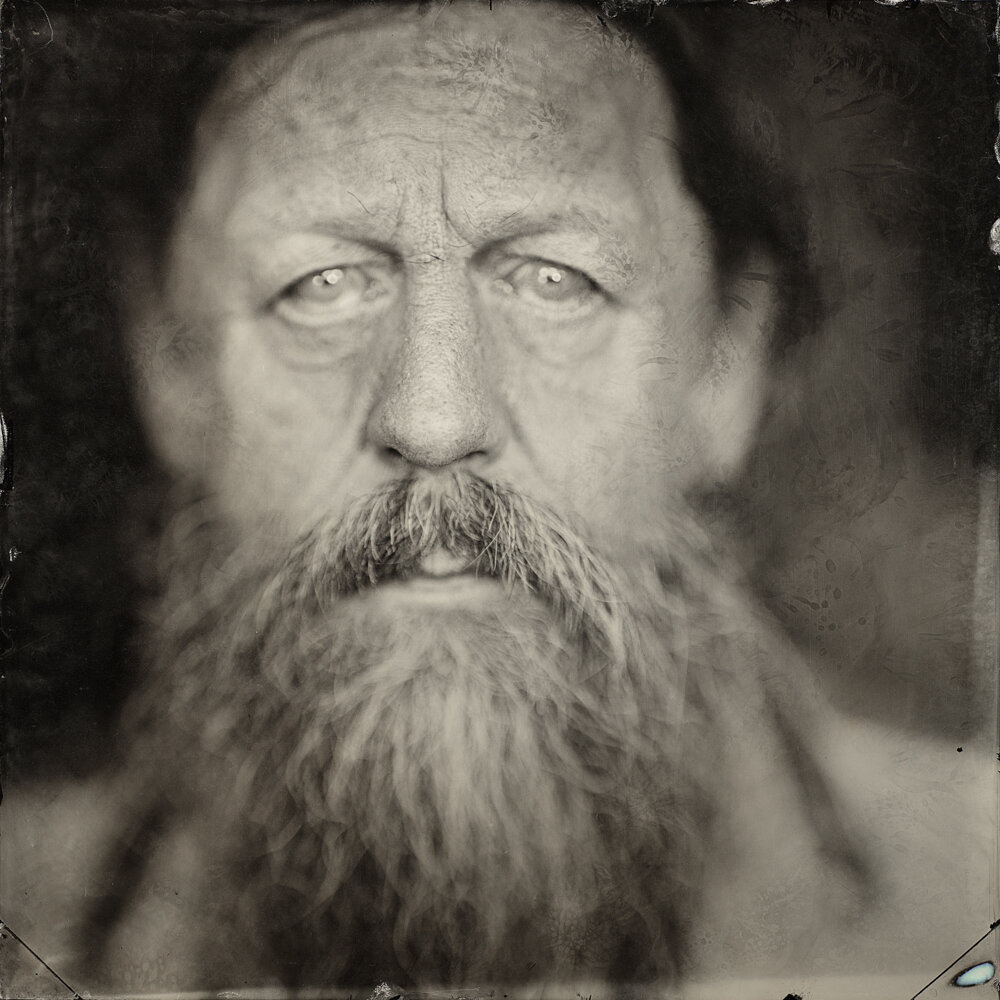
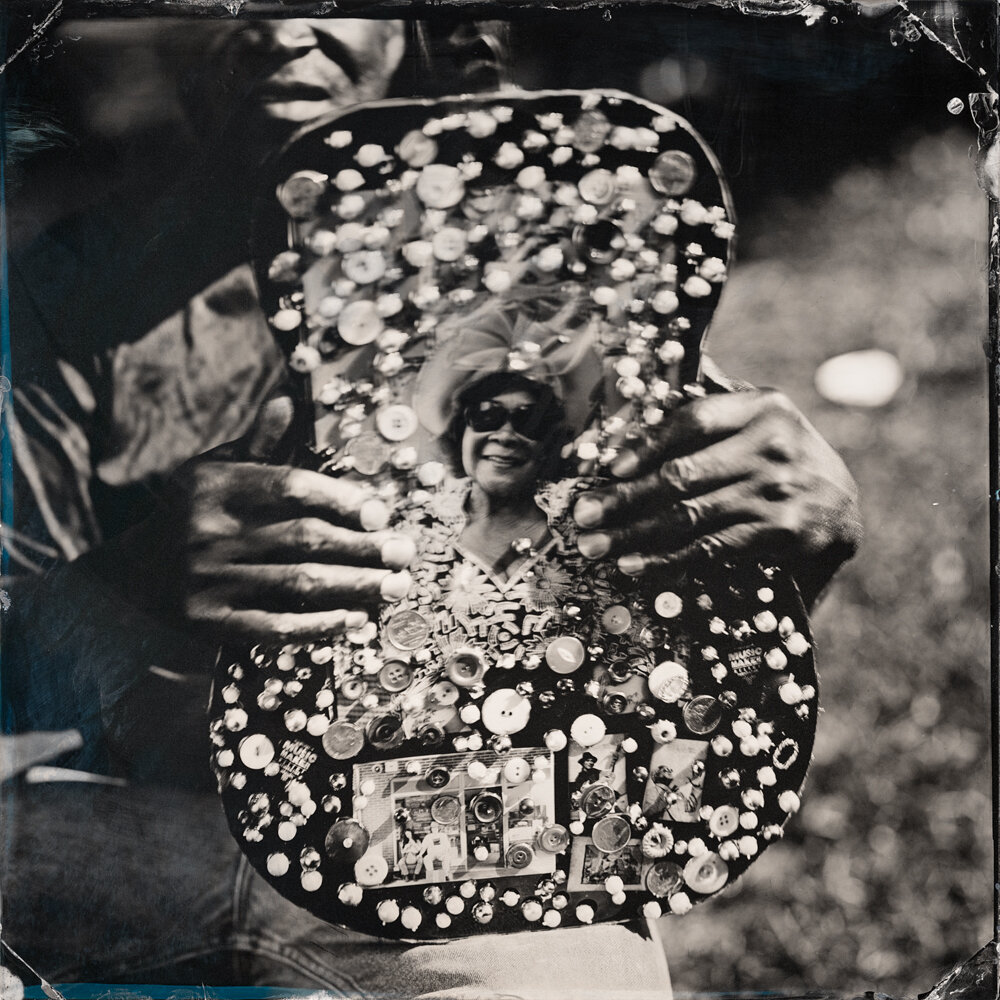

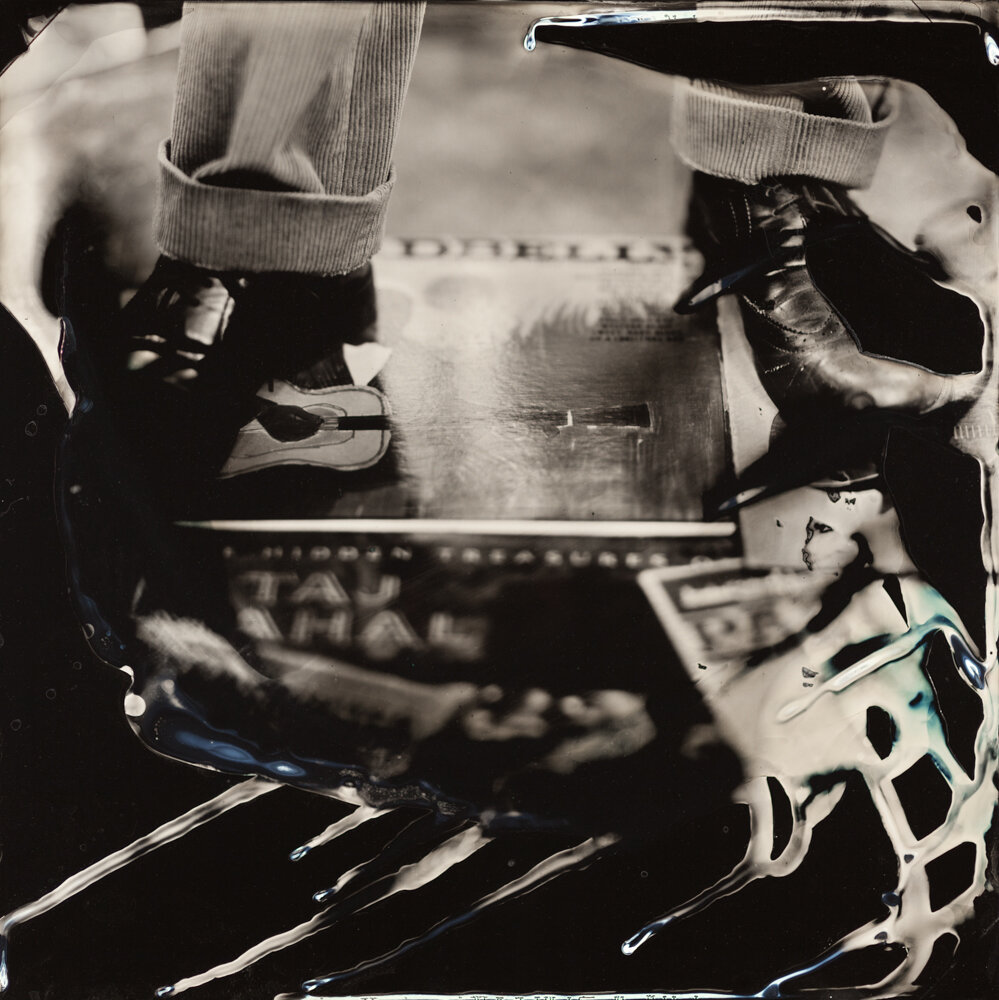


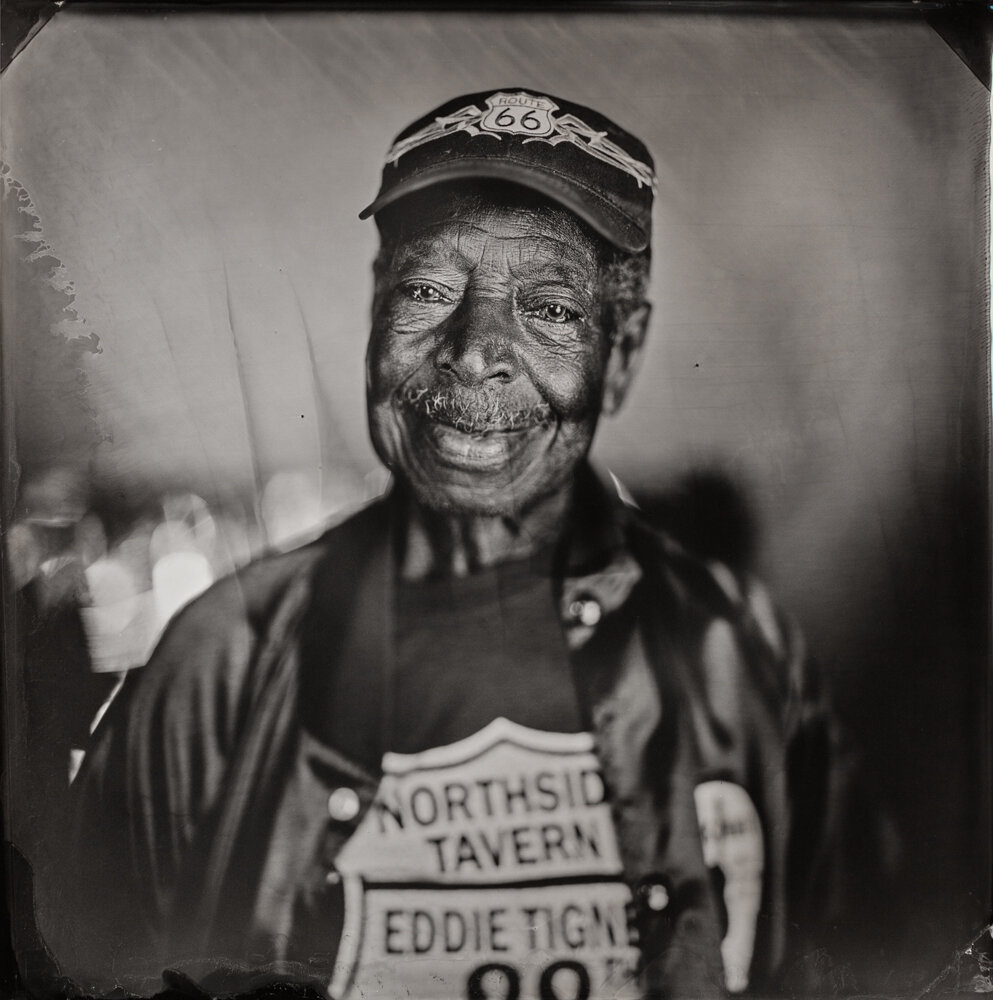
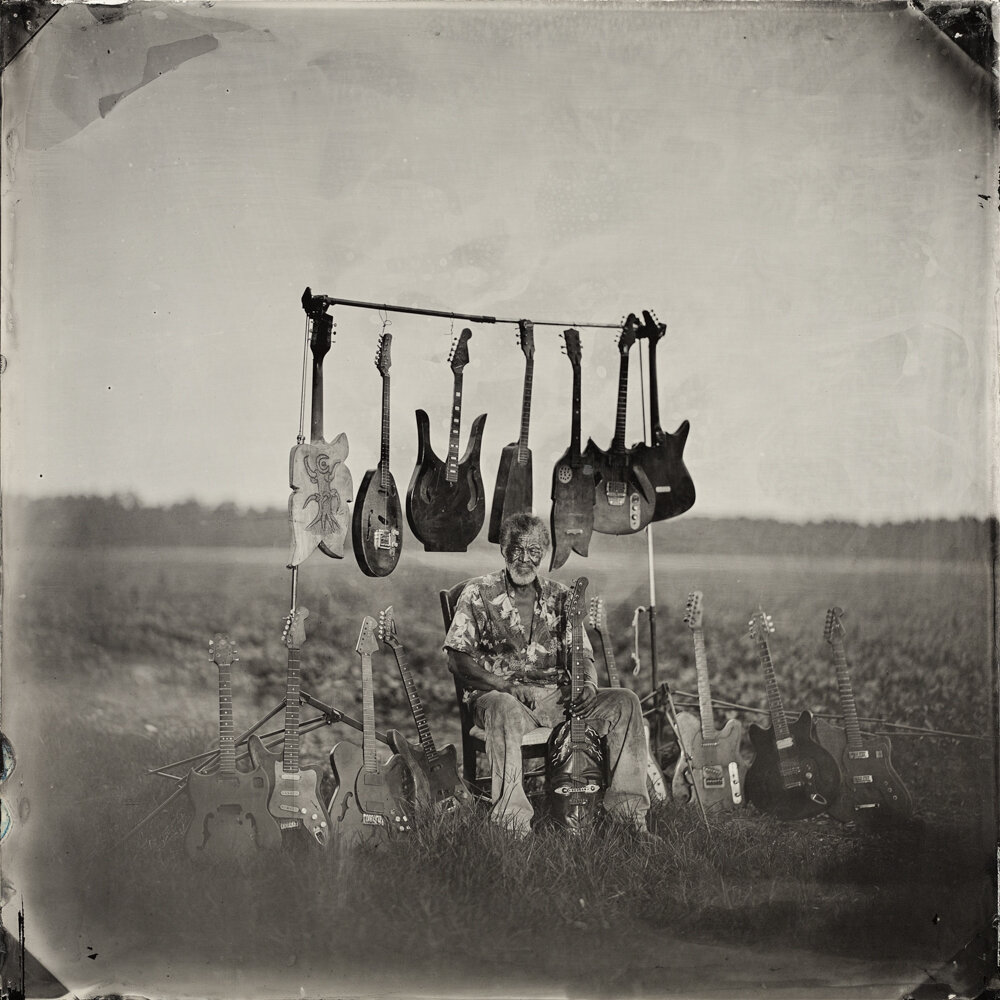
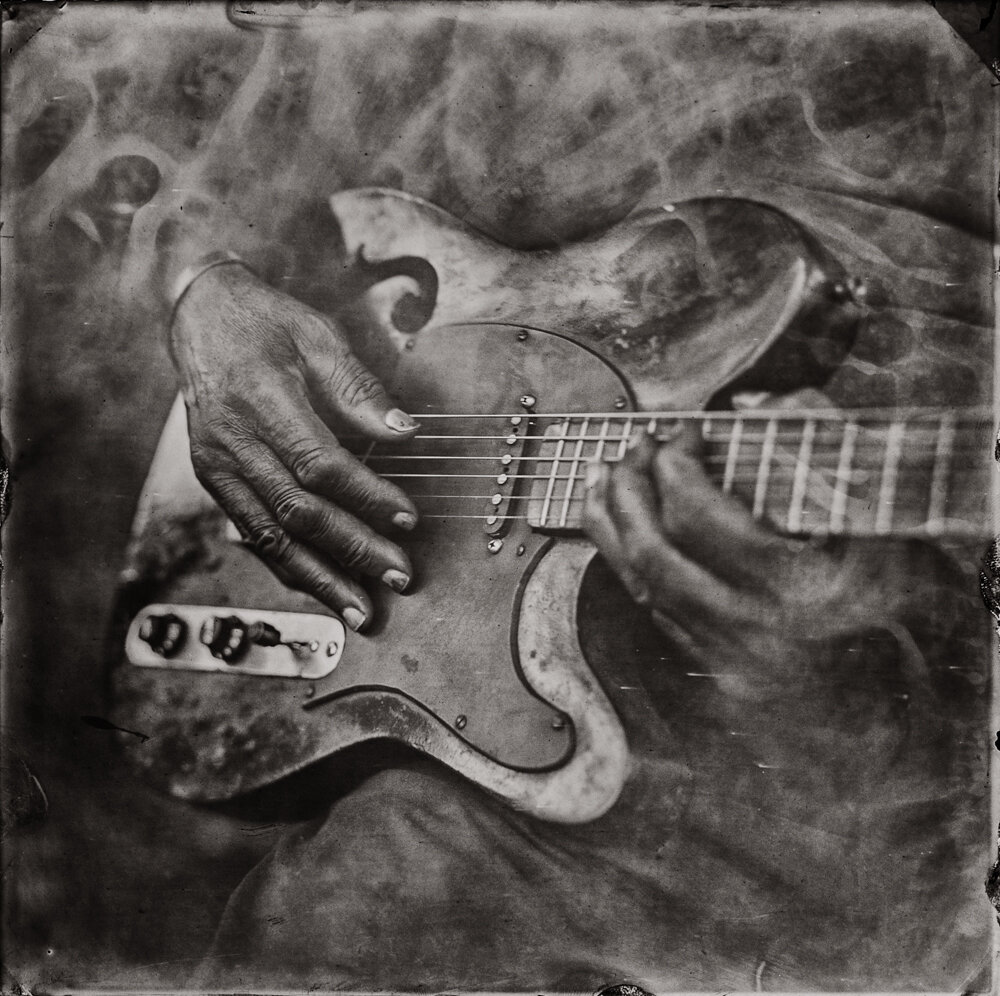

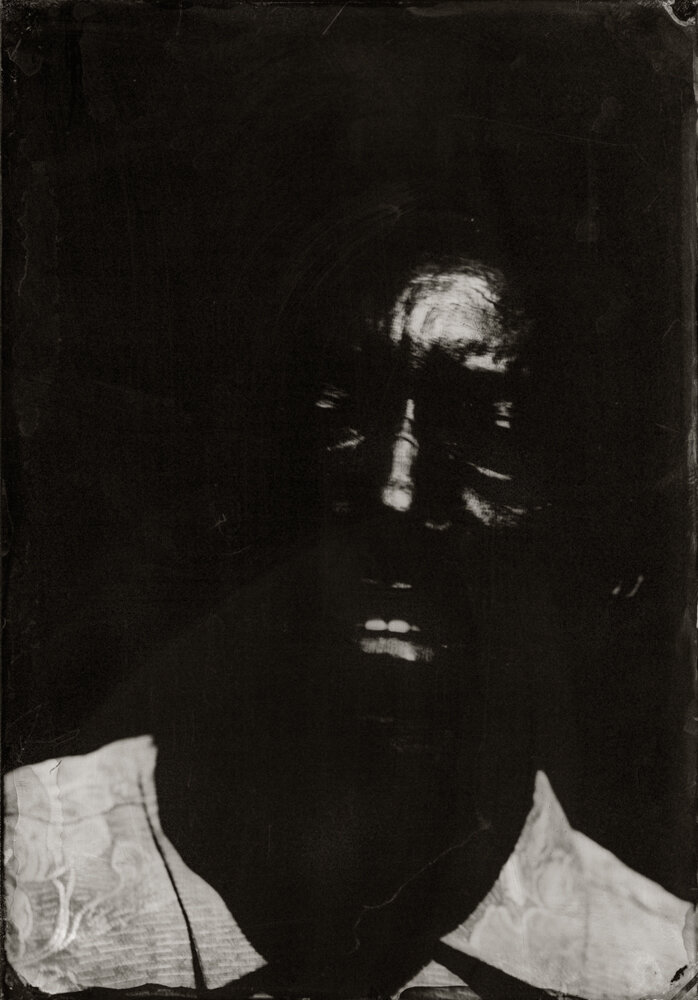
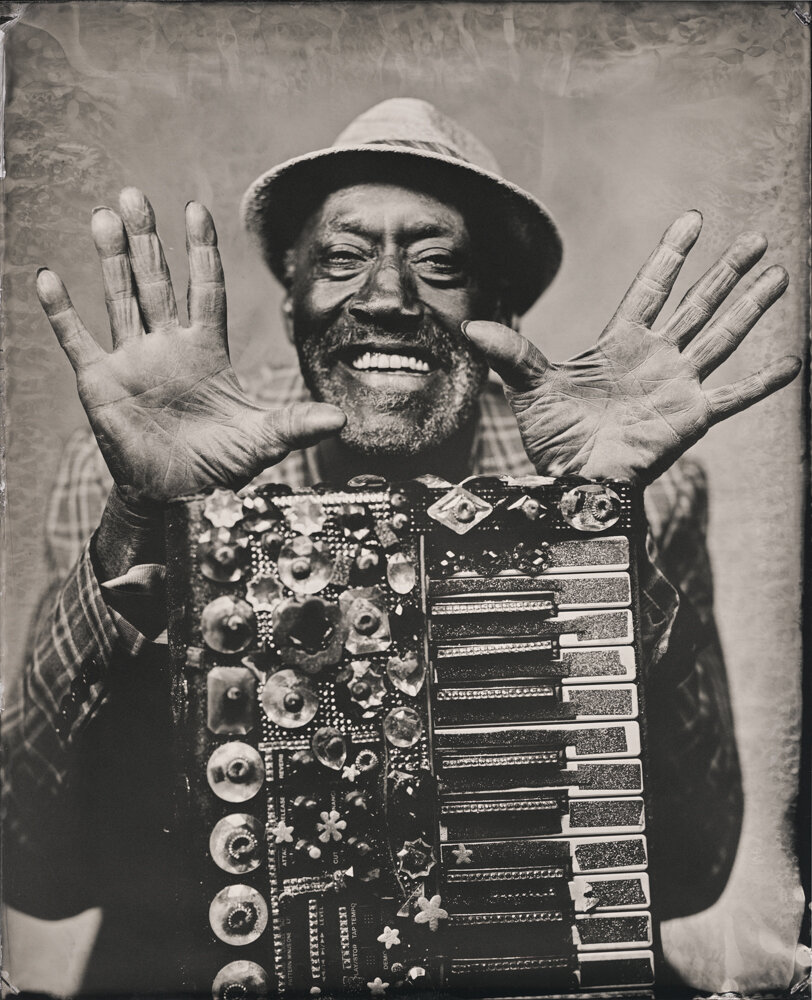
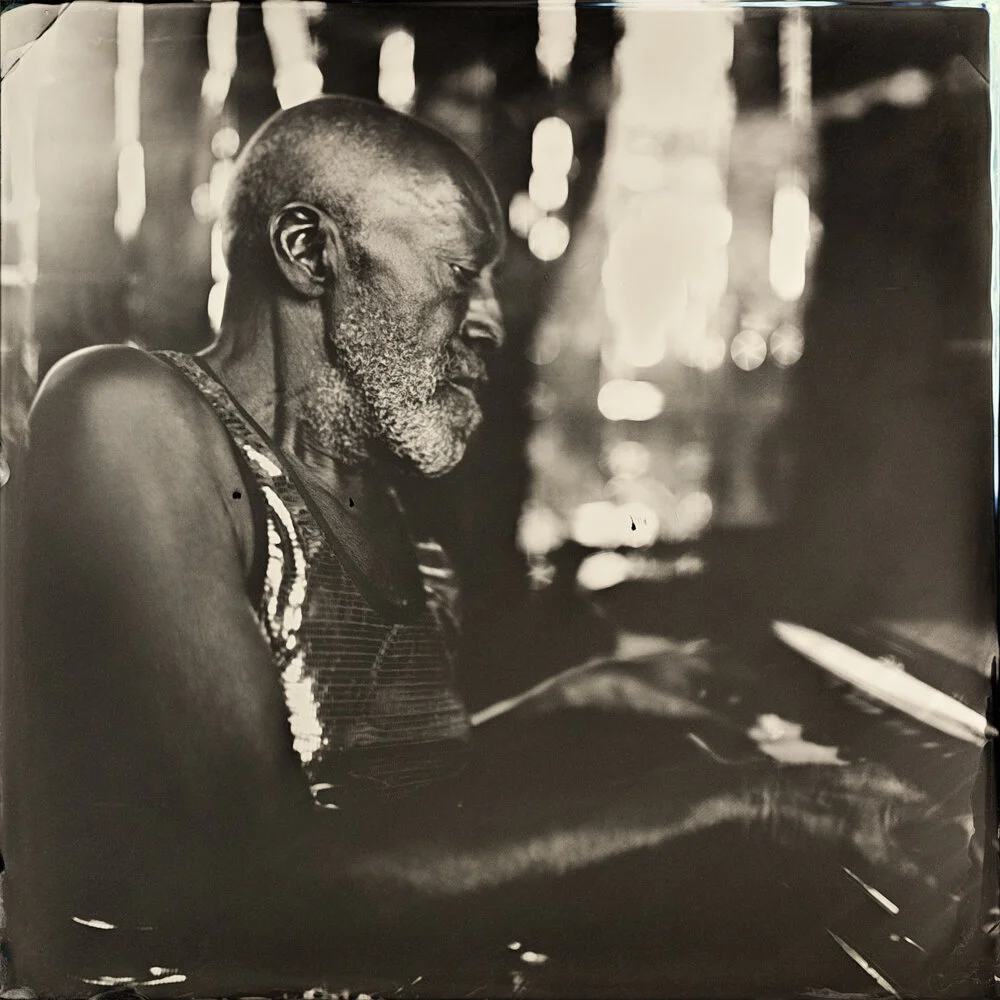

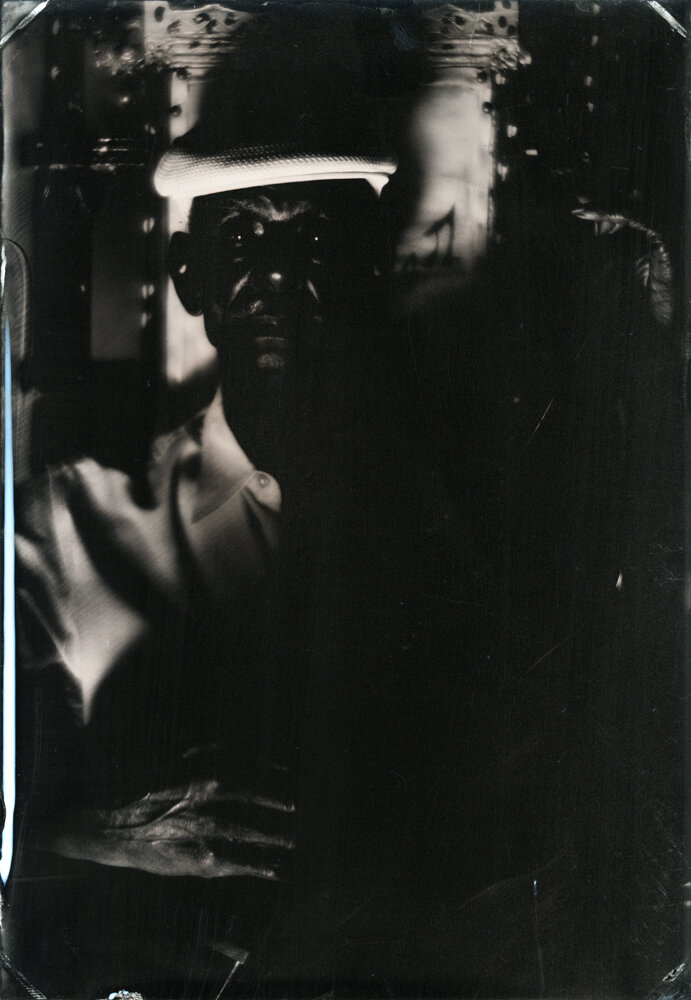
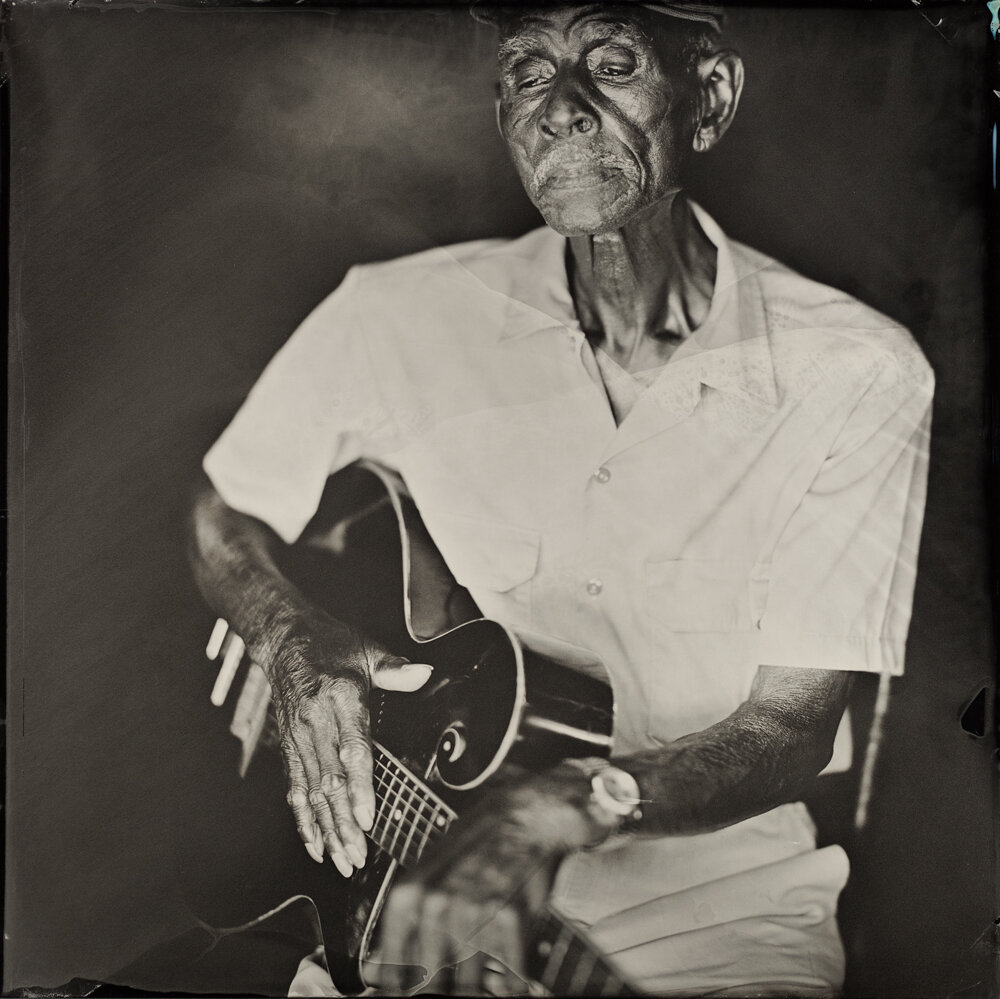
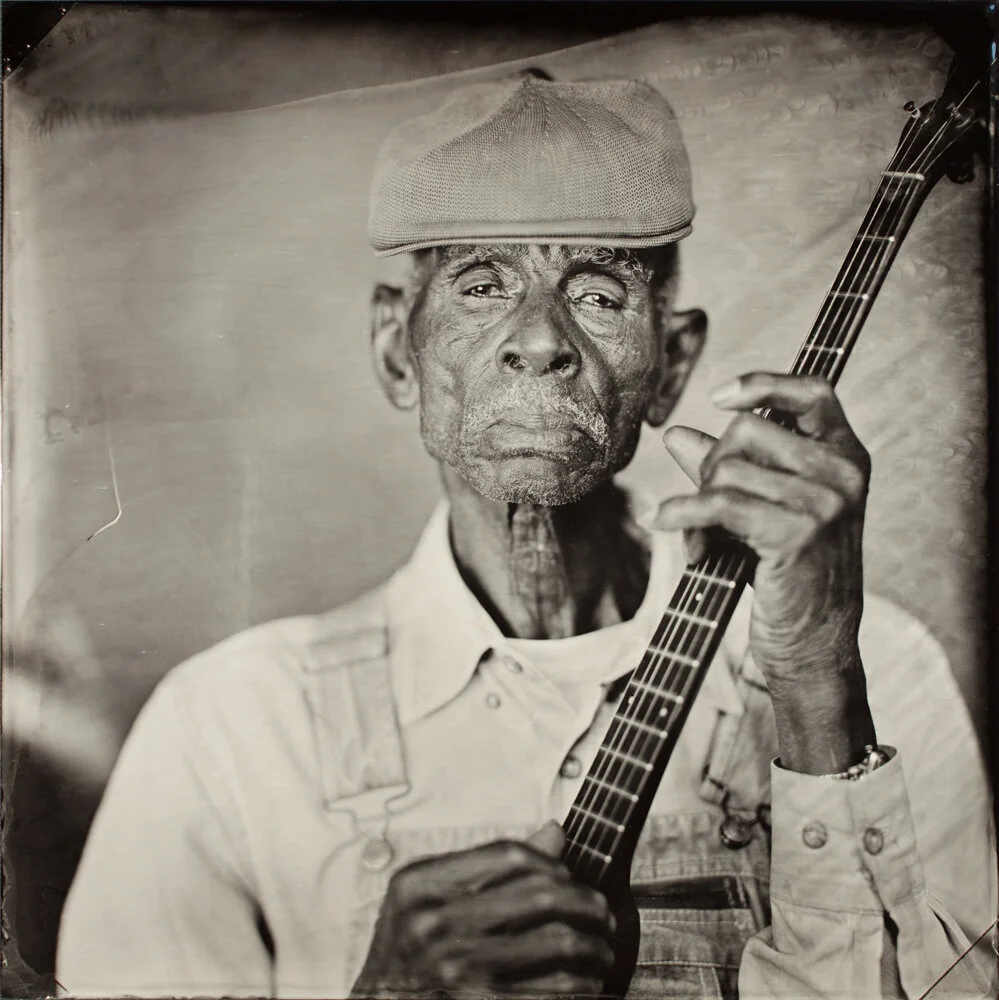
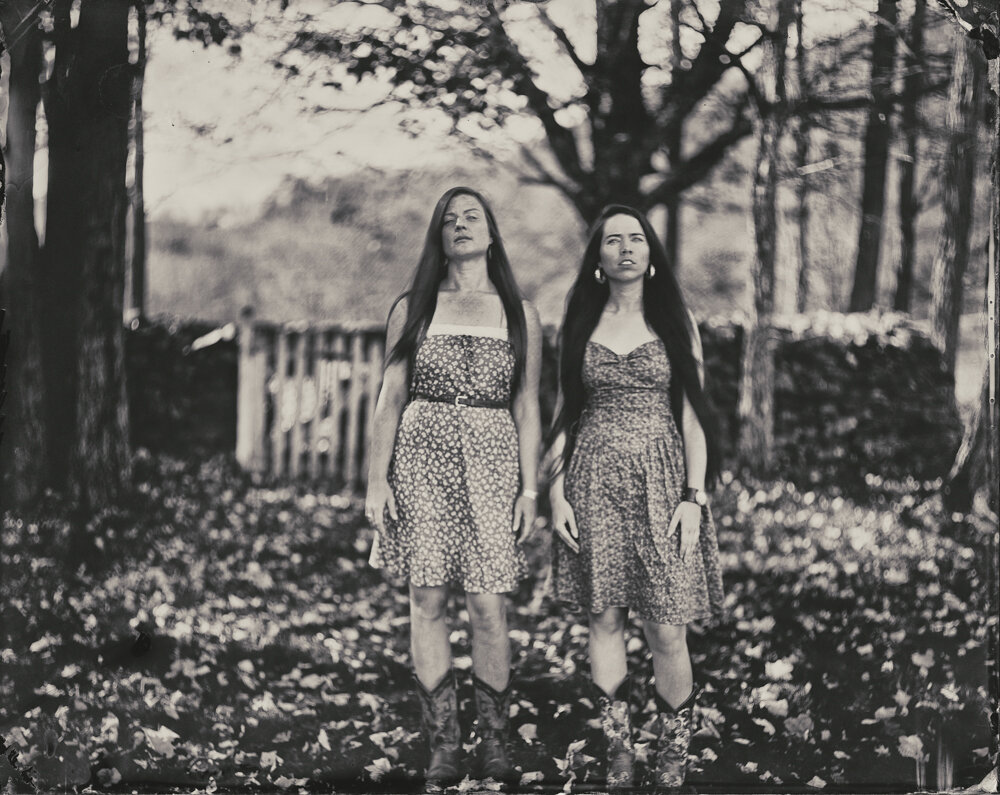
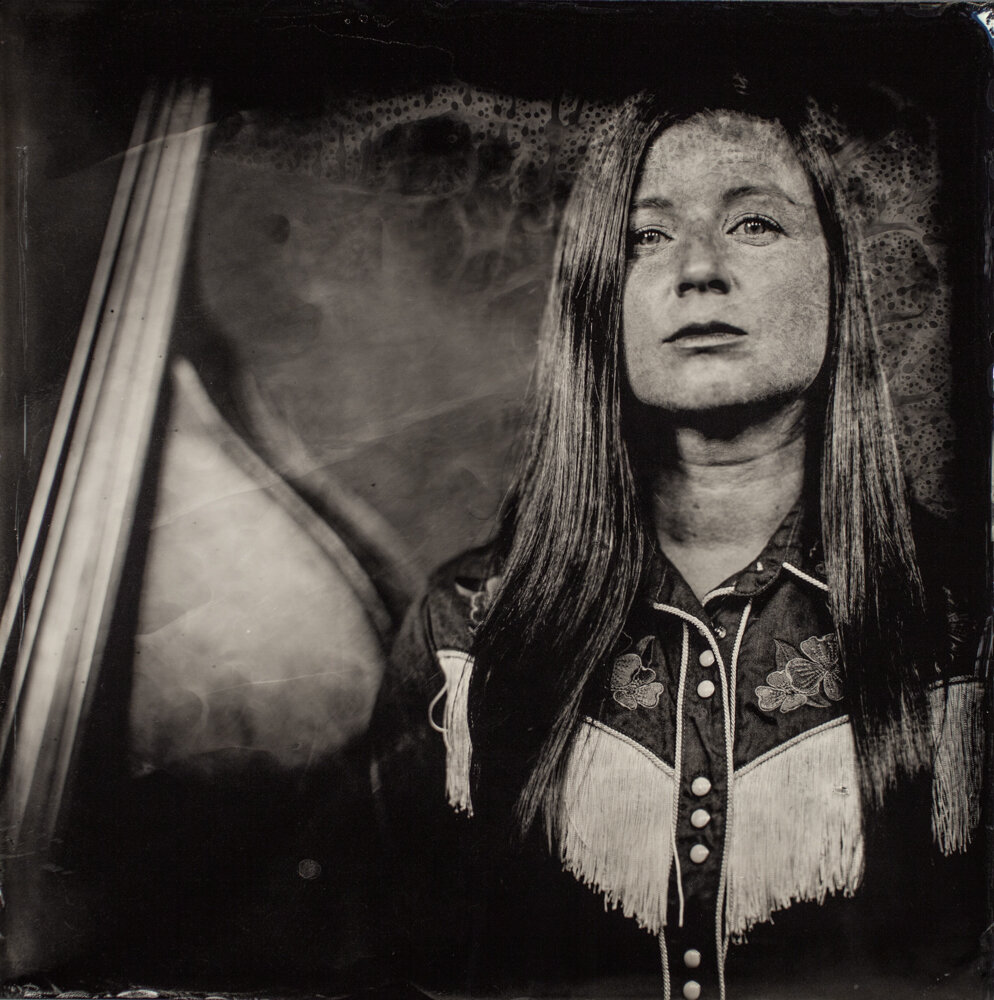
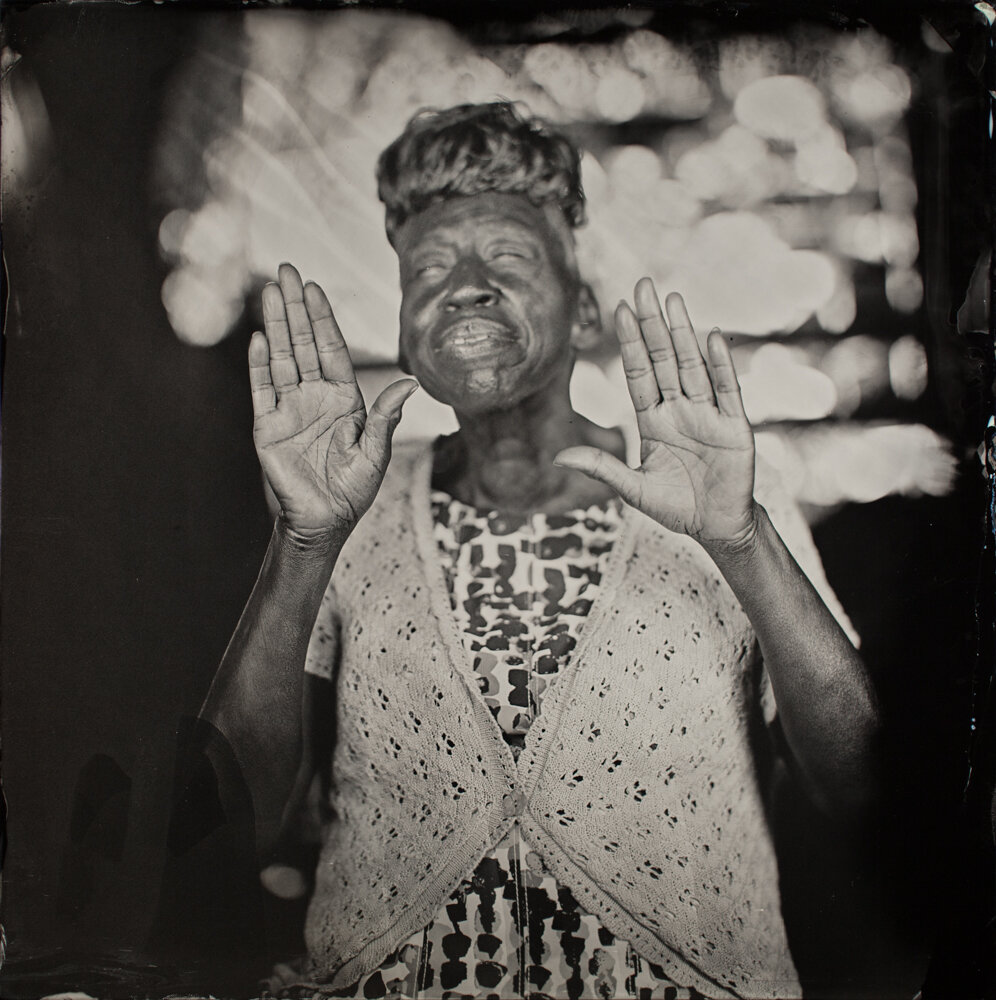
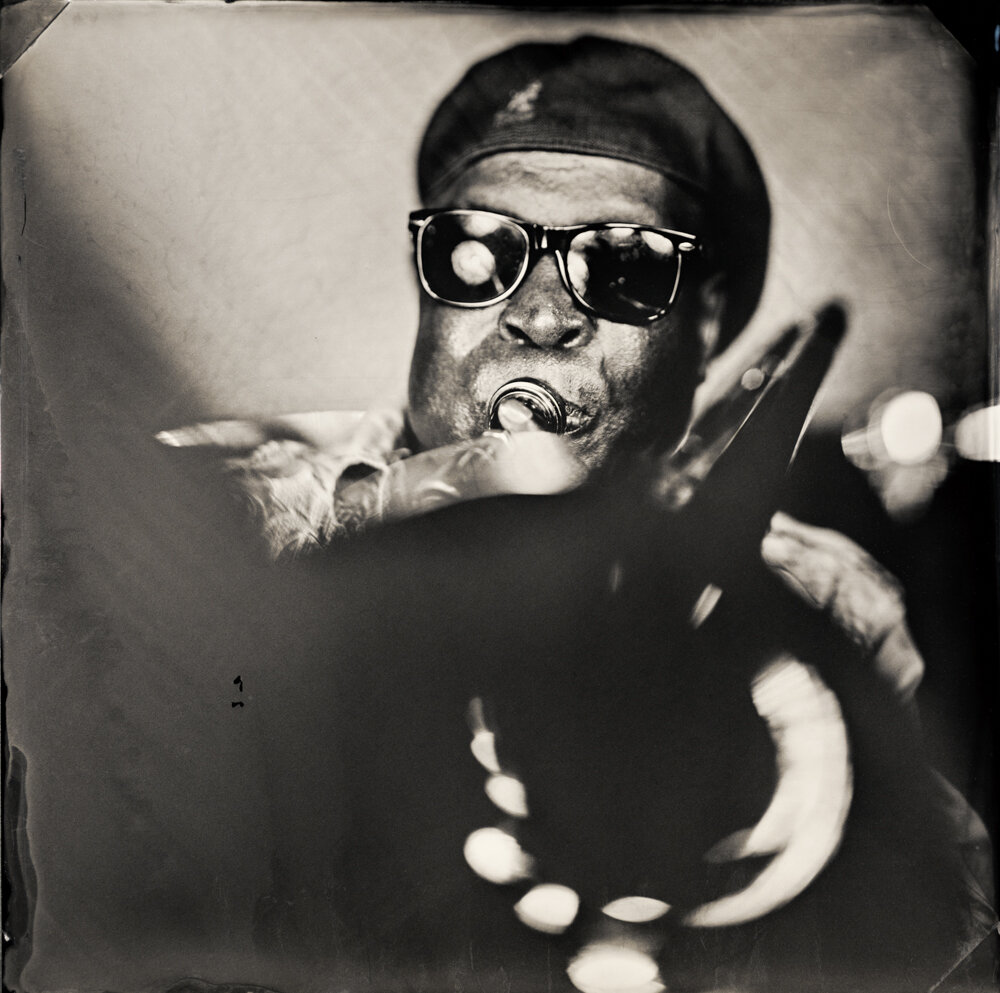
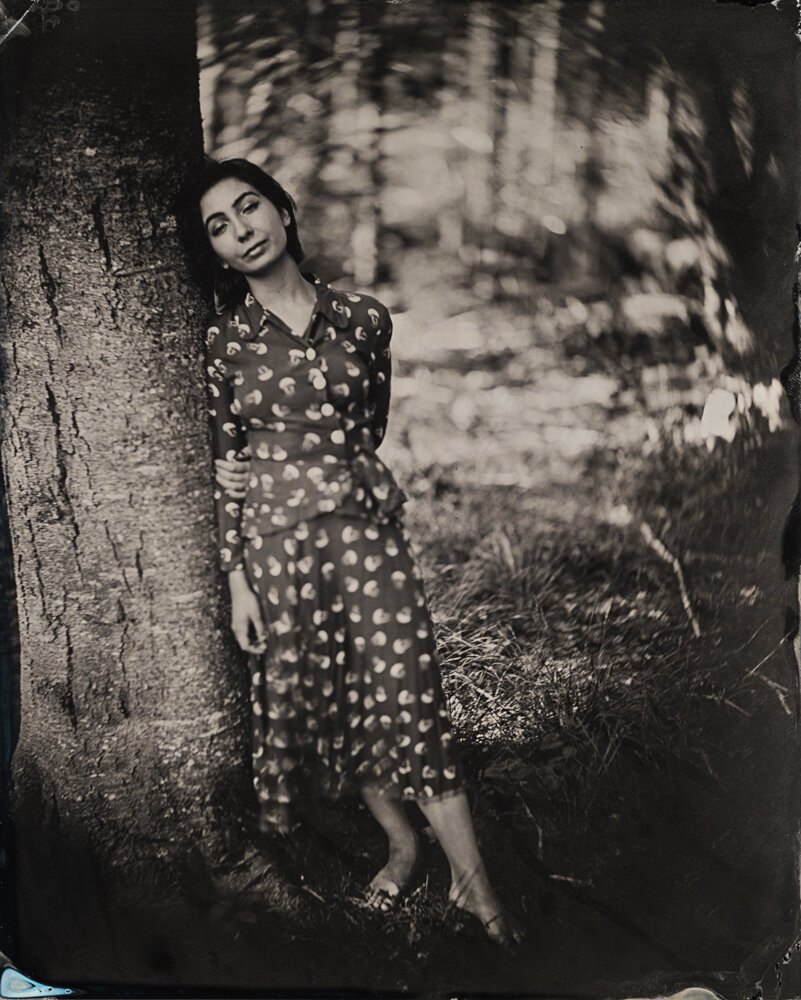
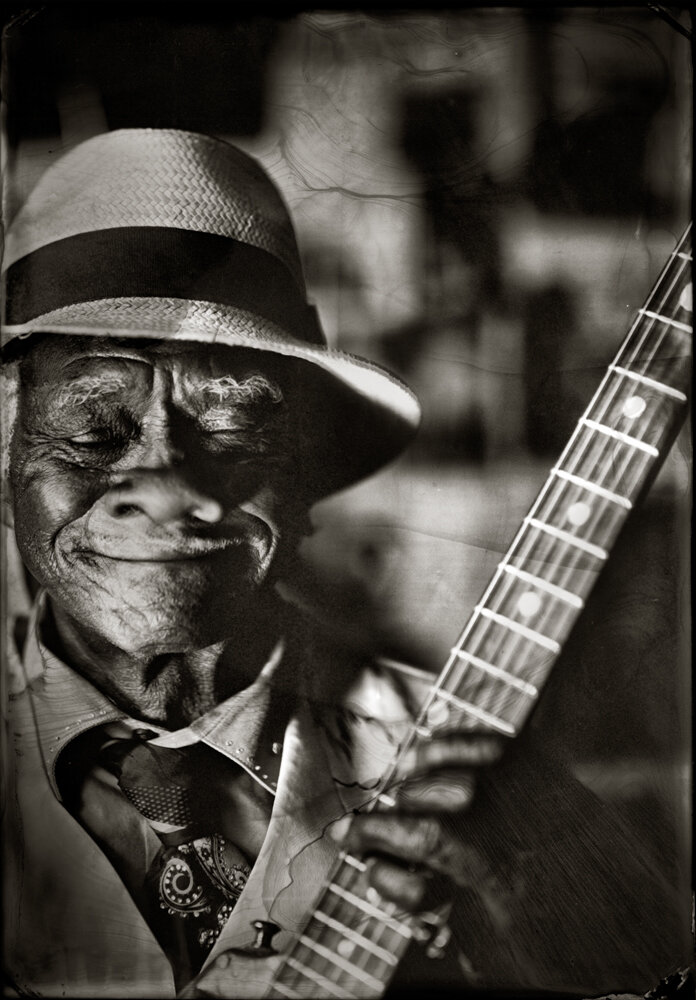
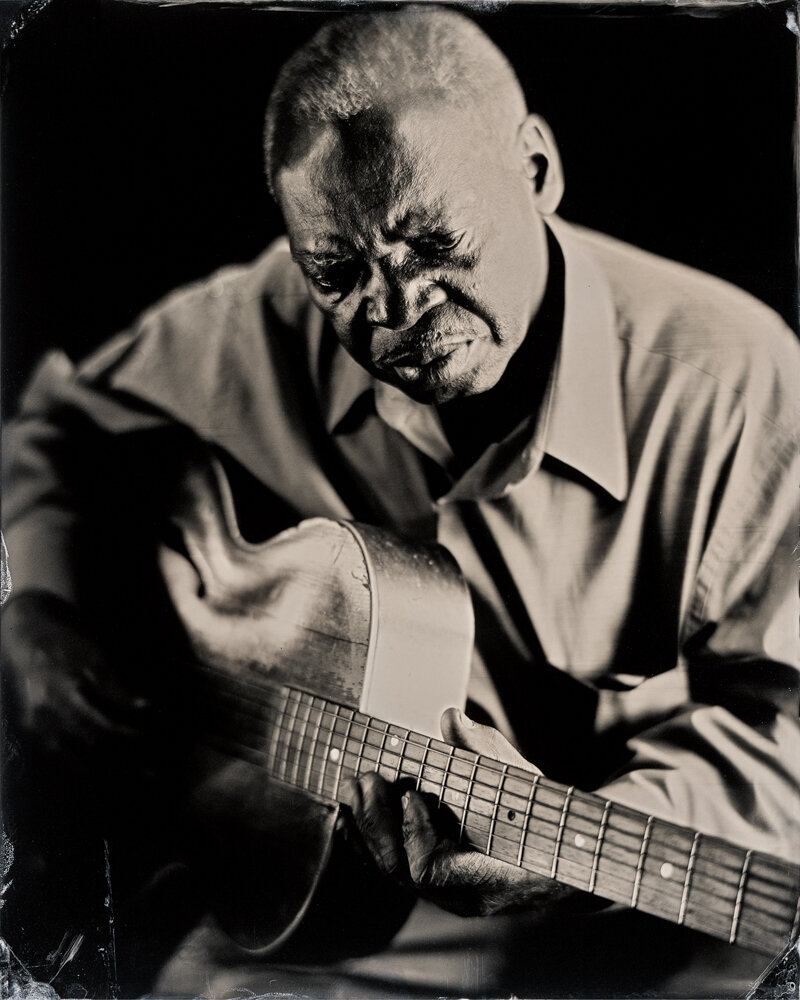
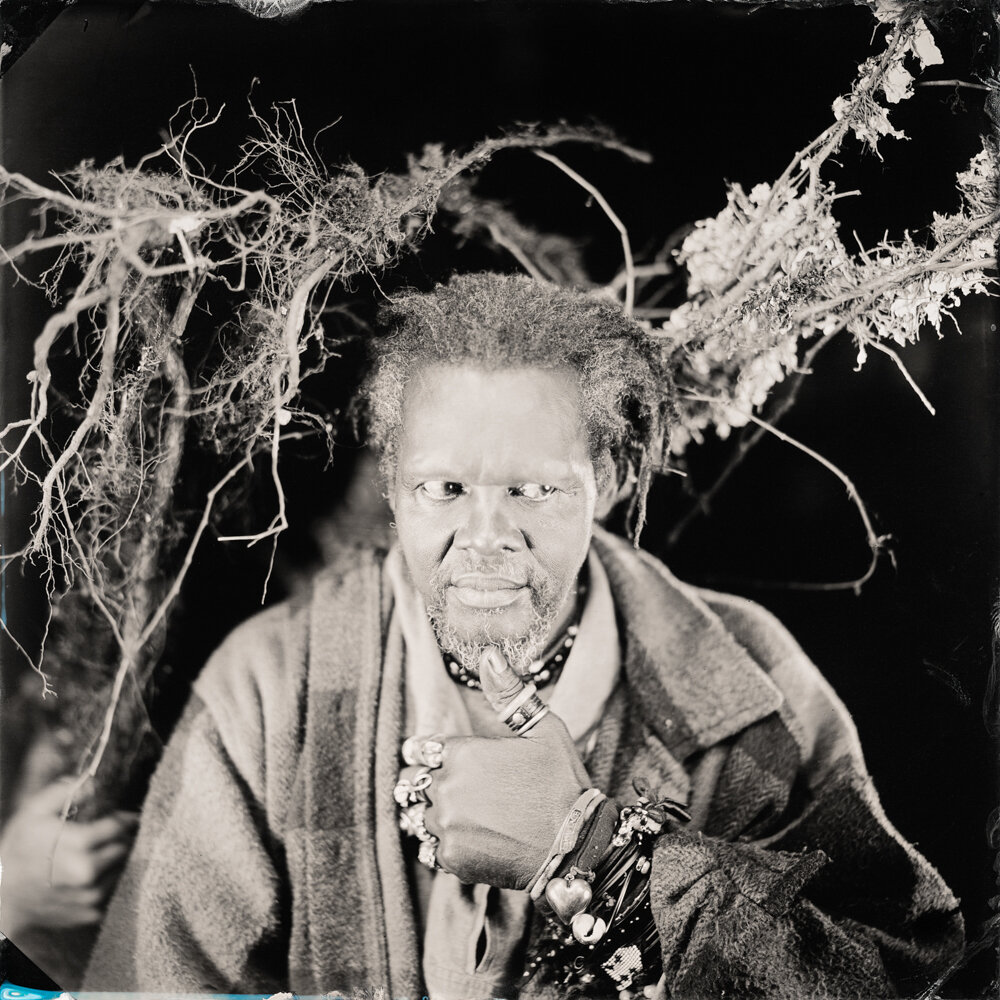

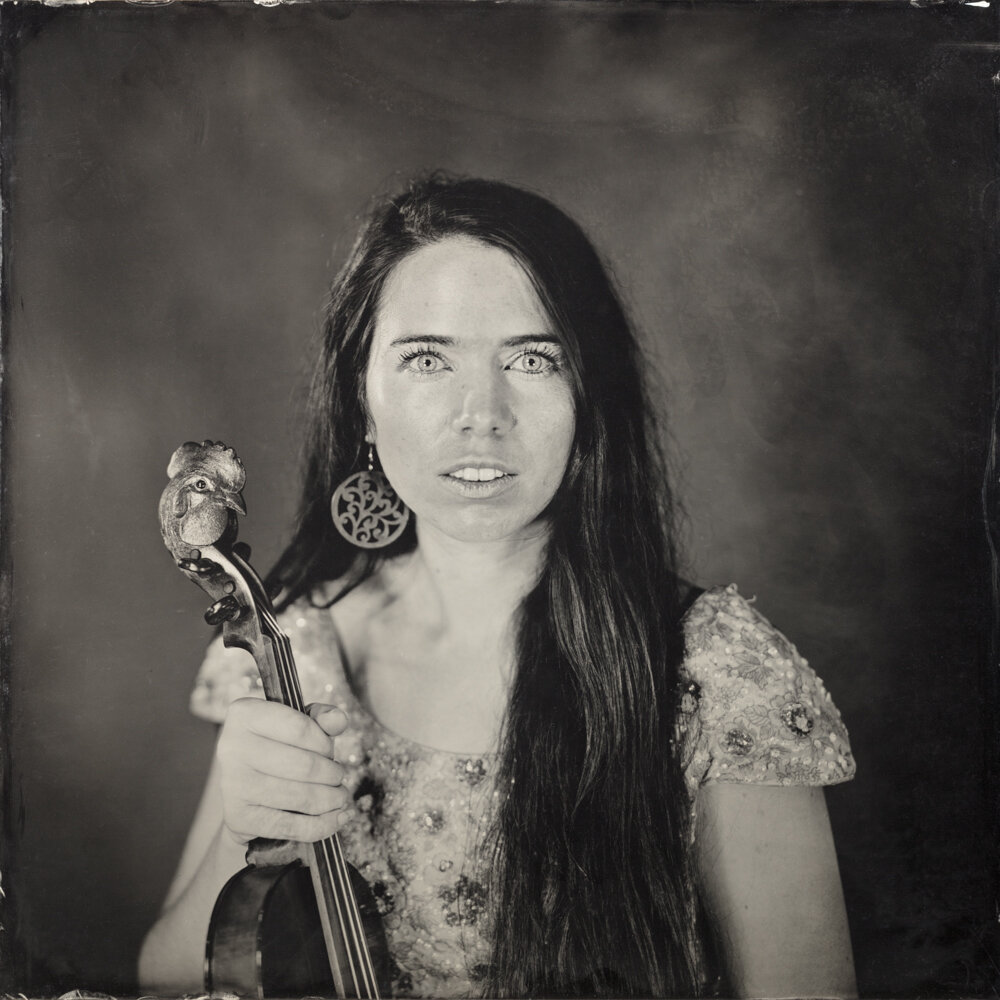
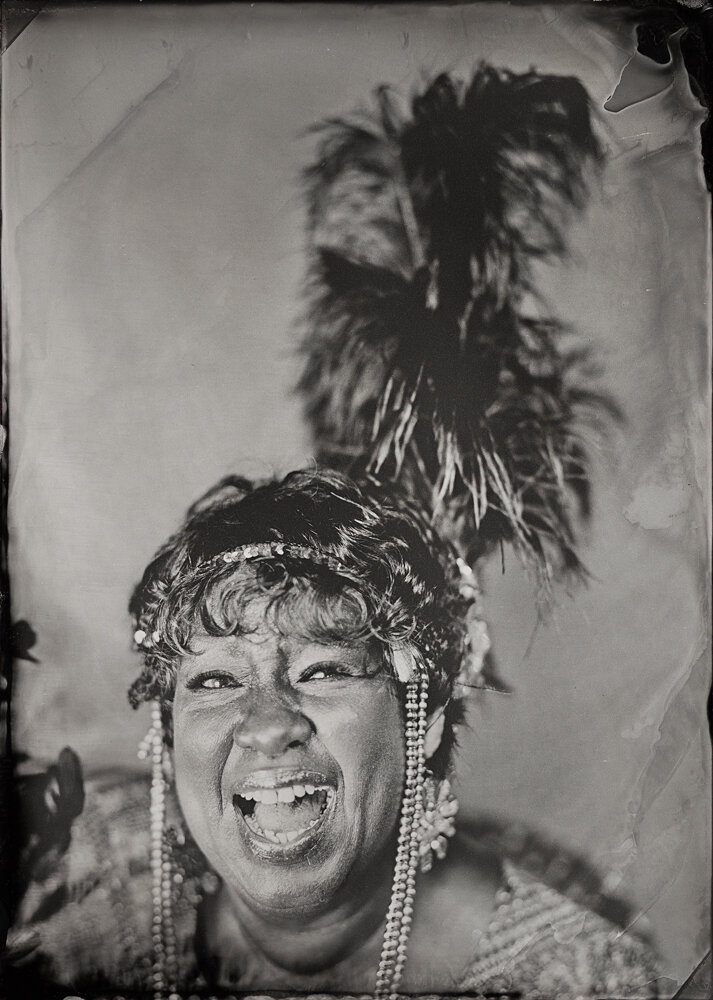
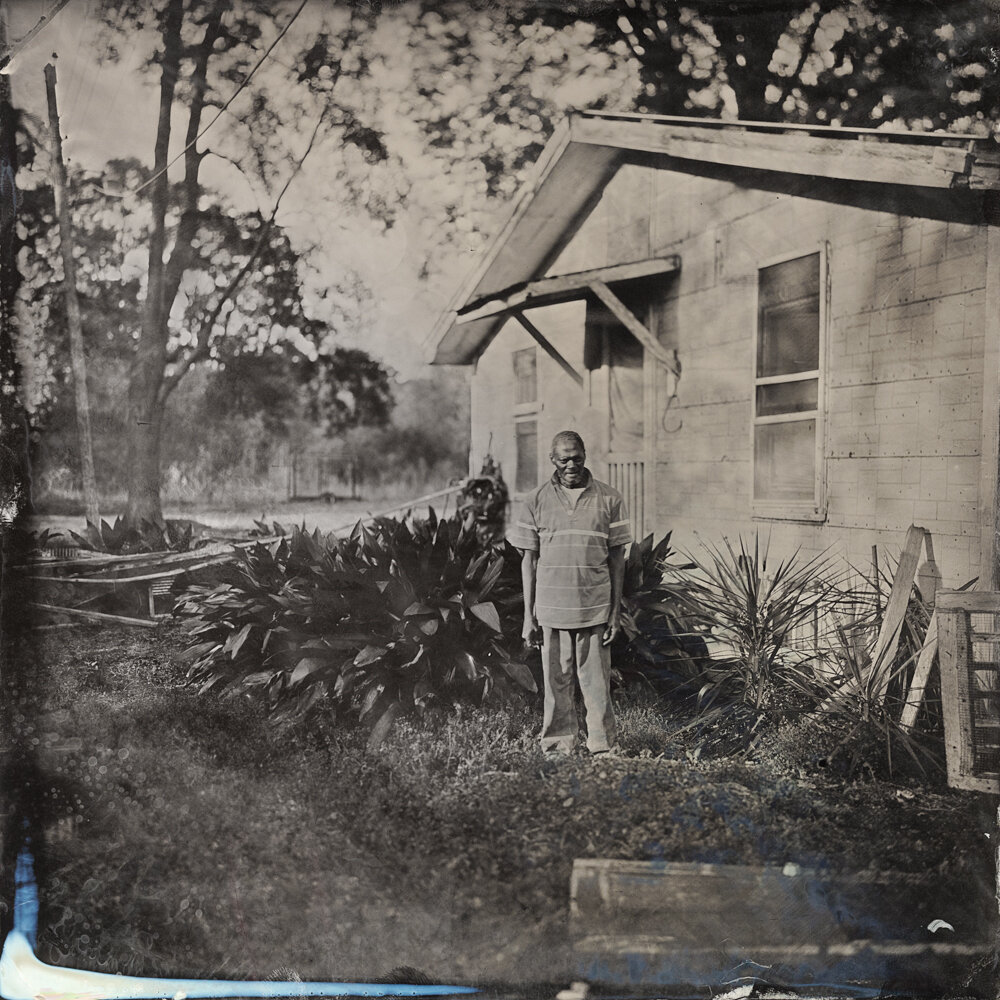

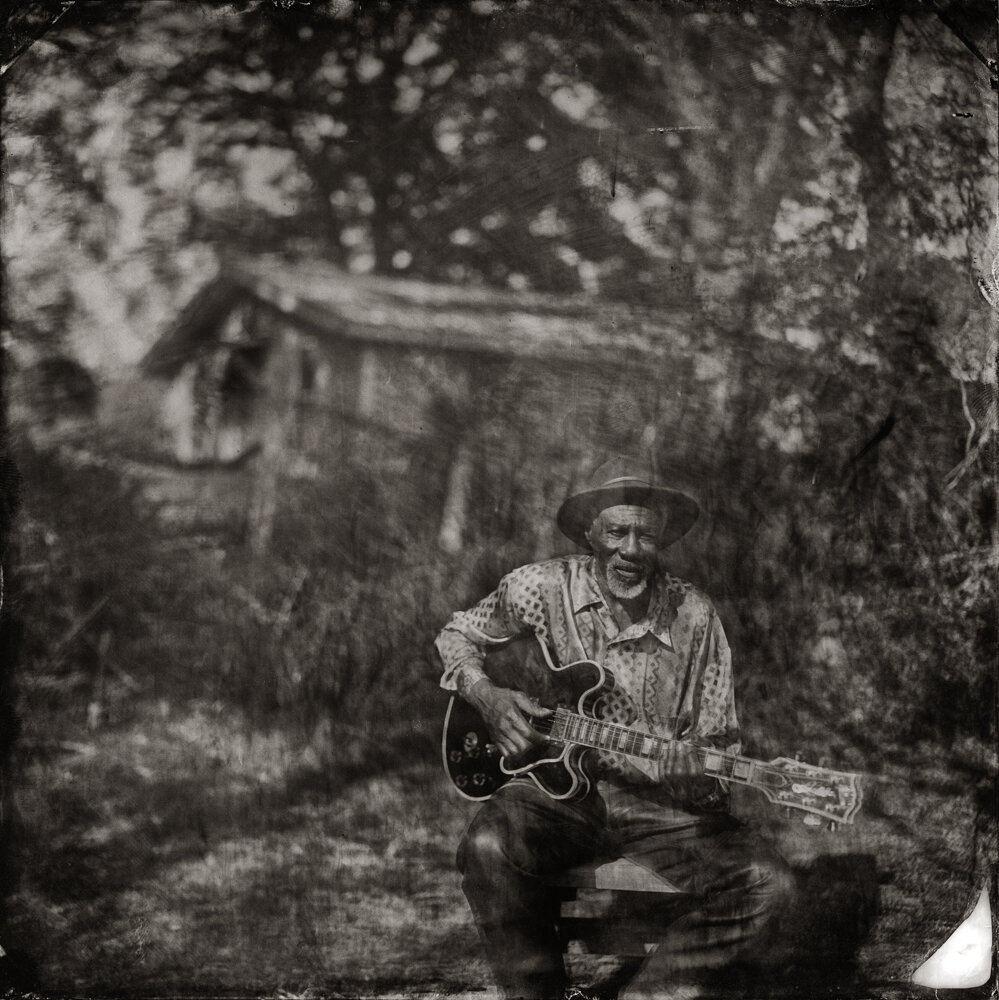
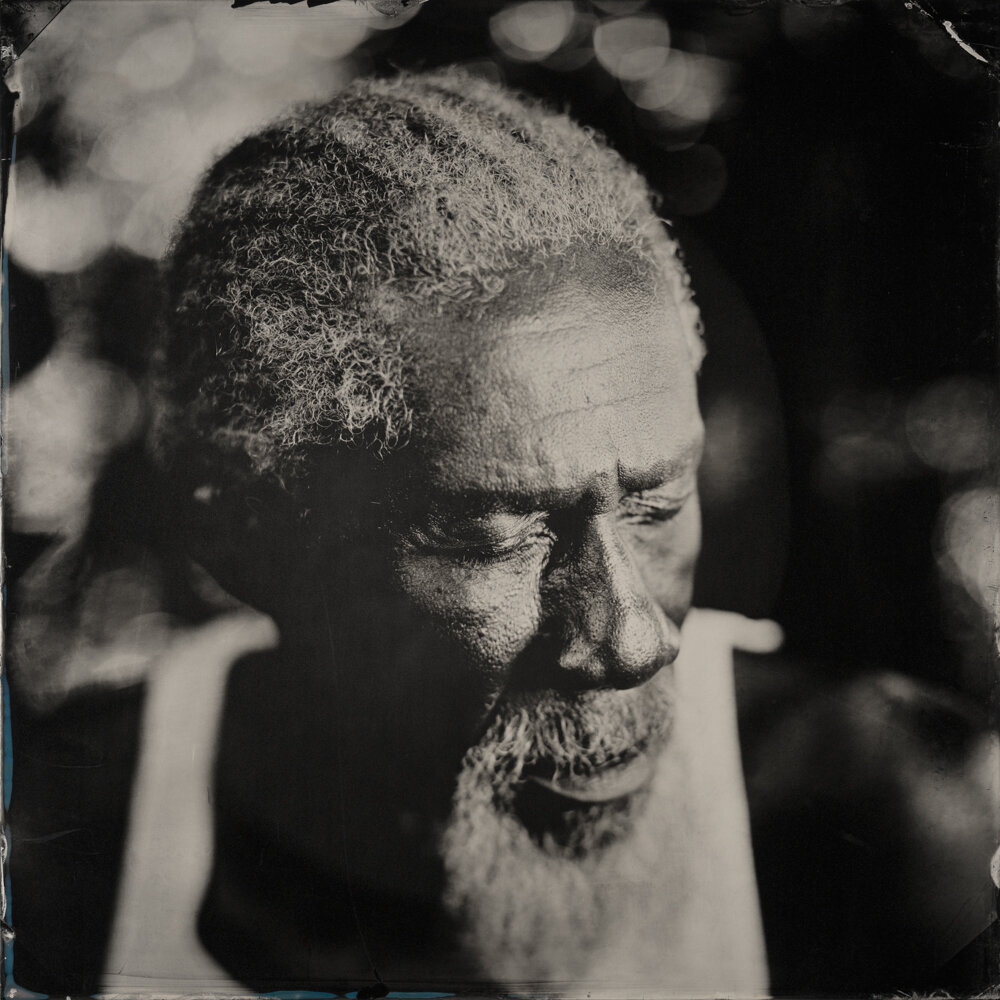

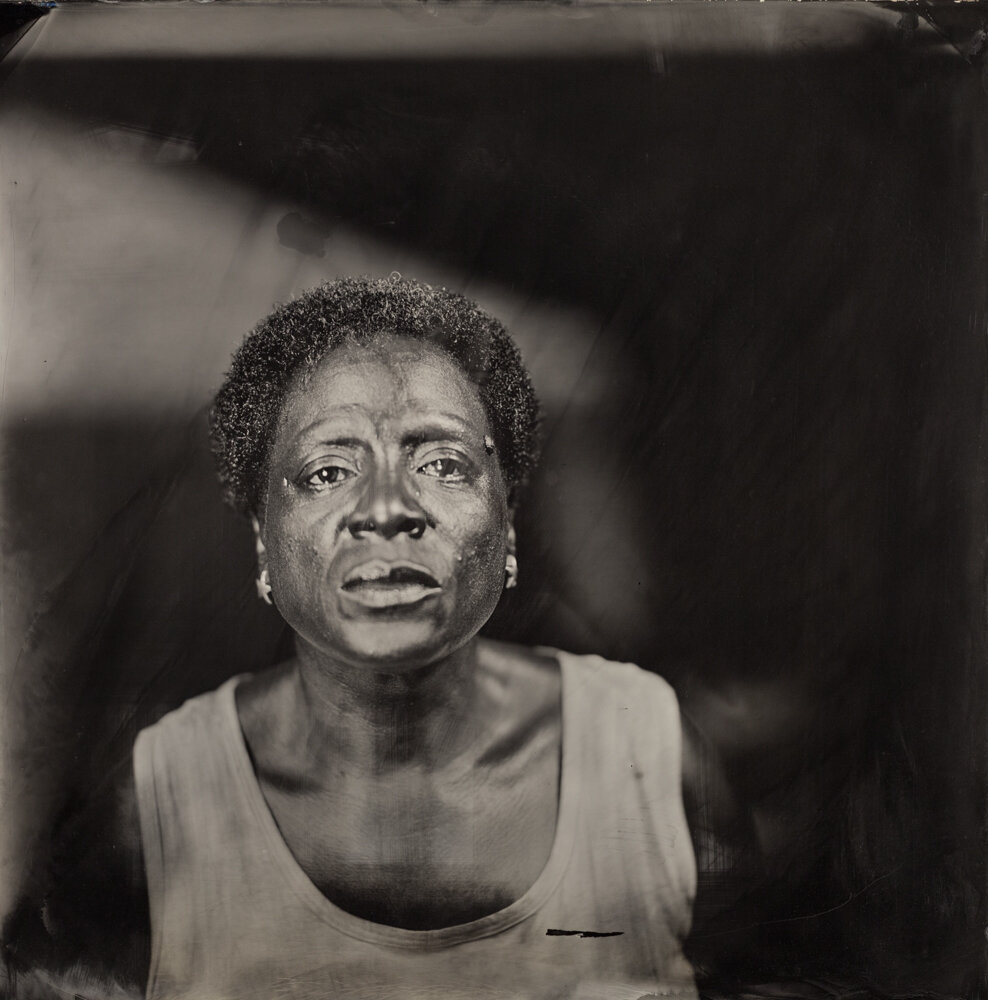
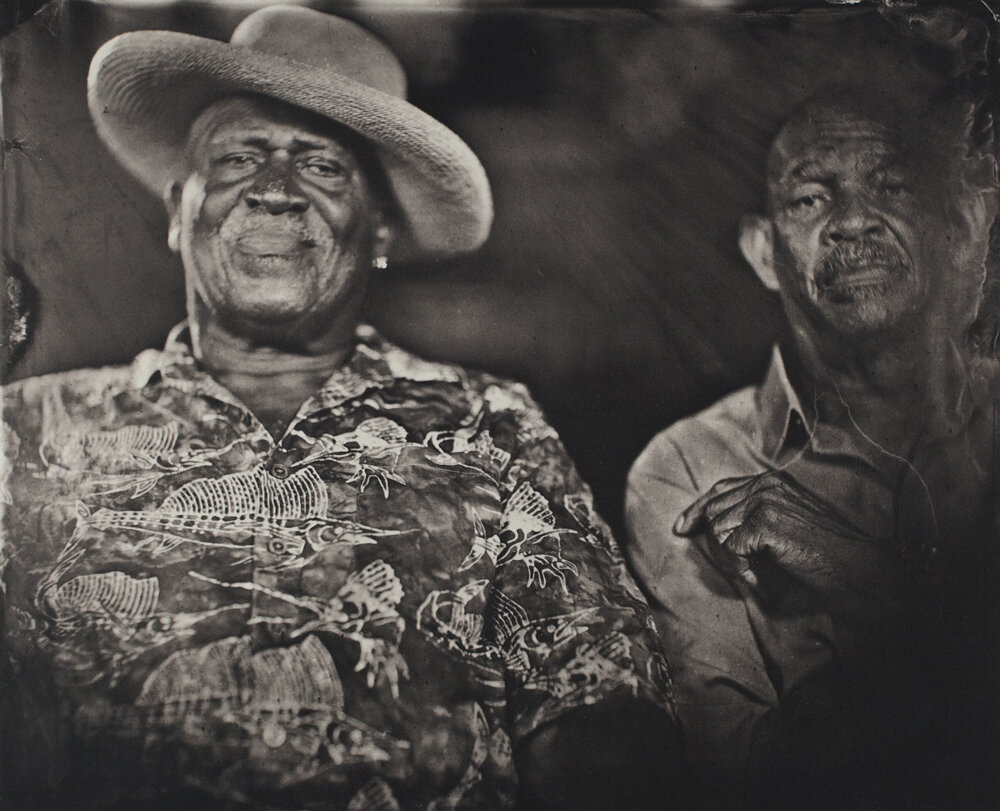
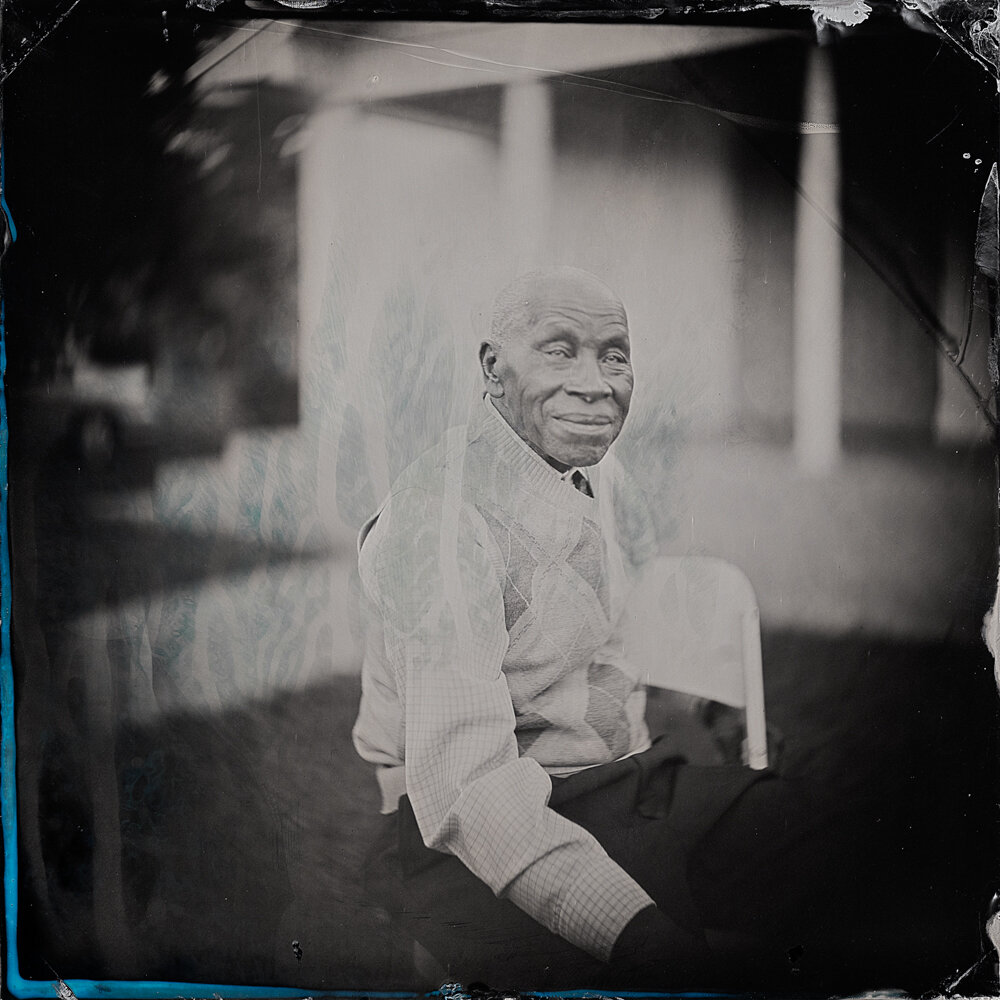
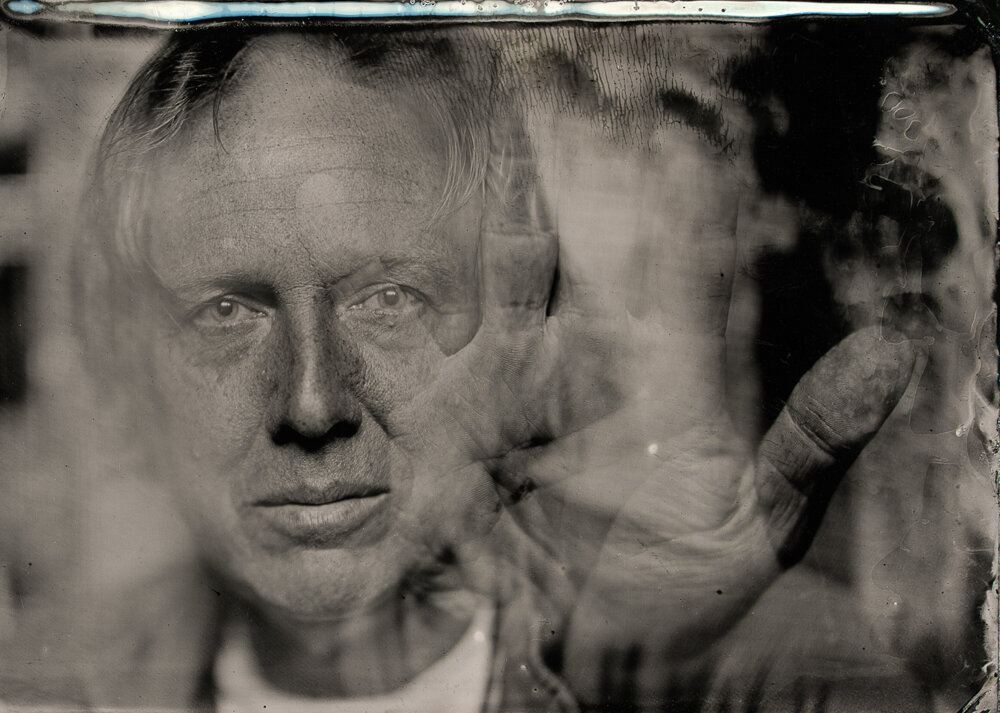


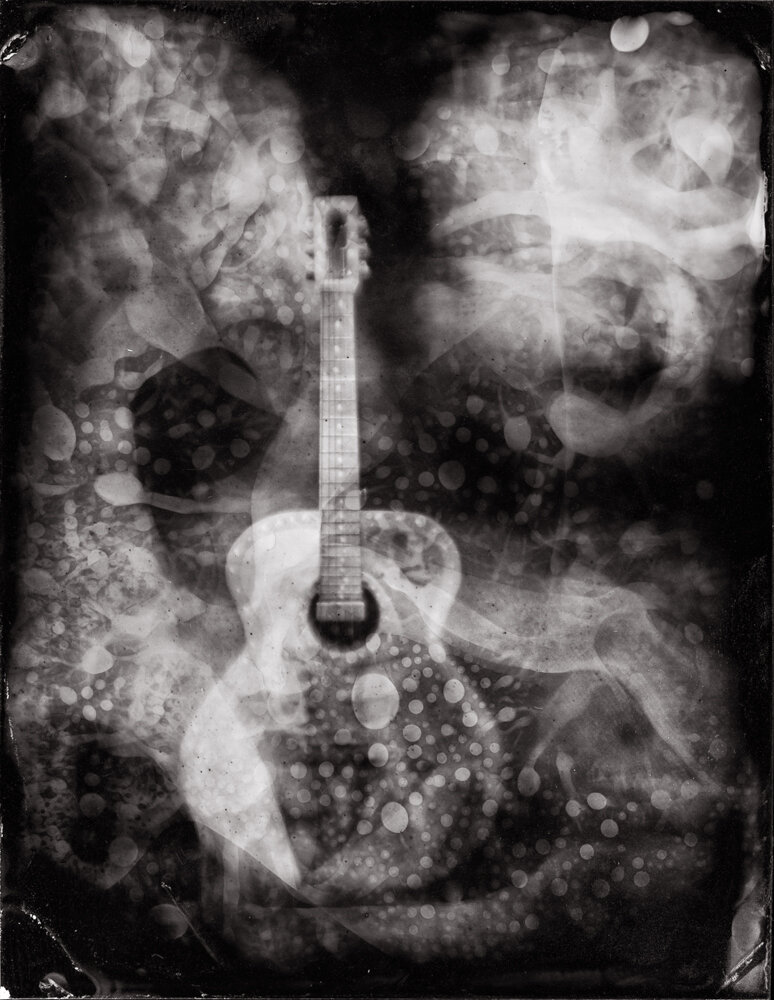

‘CAPTURING THE UNDERSUNG BLUES PEOPLE OF THE RURAL SOUTH’ - NPR
‘THEIR ANCESTRAL CULTURES HAVE BEEN OPPRESSED AND FORBIDDEN, AND YET THEY RISE UP SINGING’ - The Washington Post


